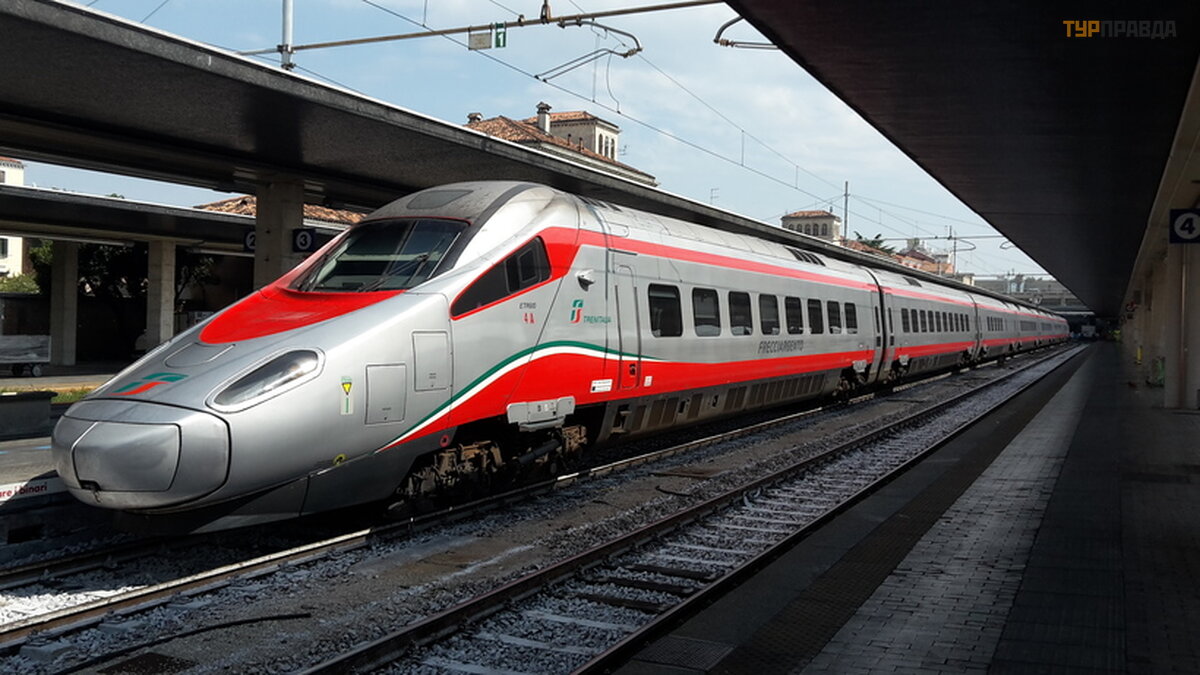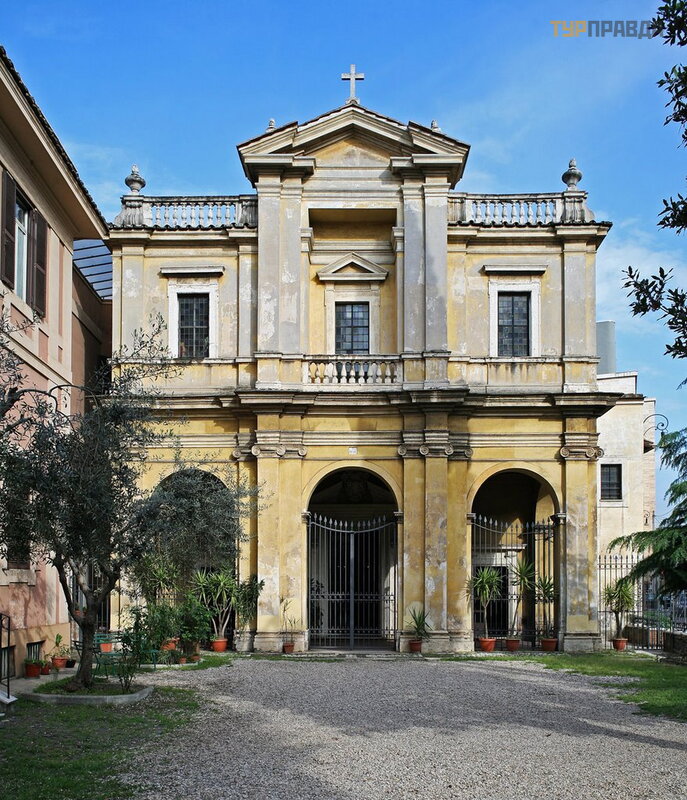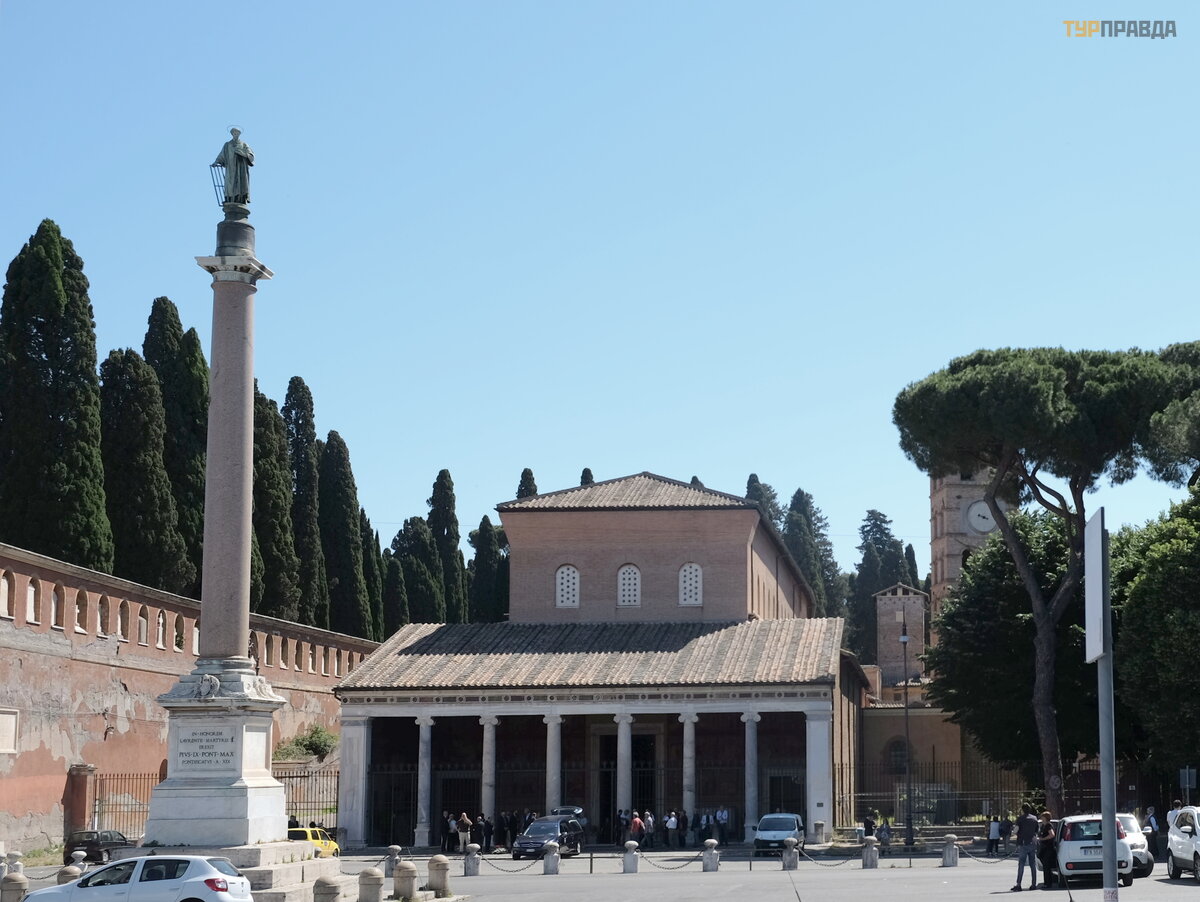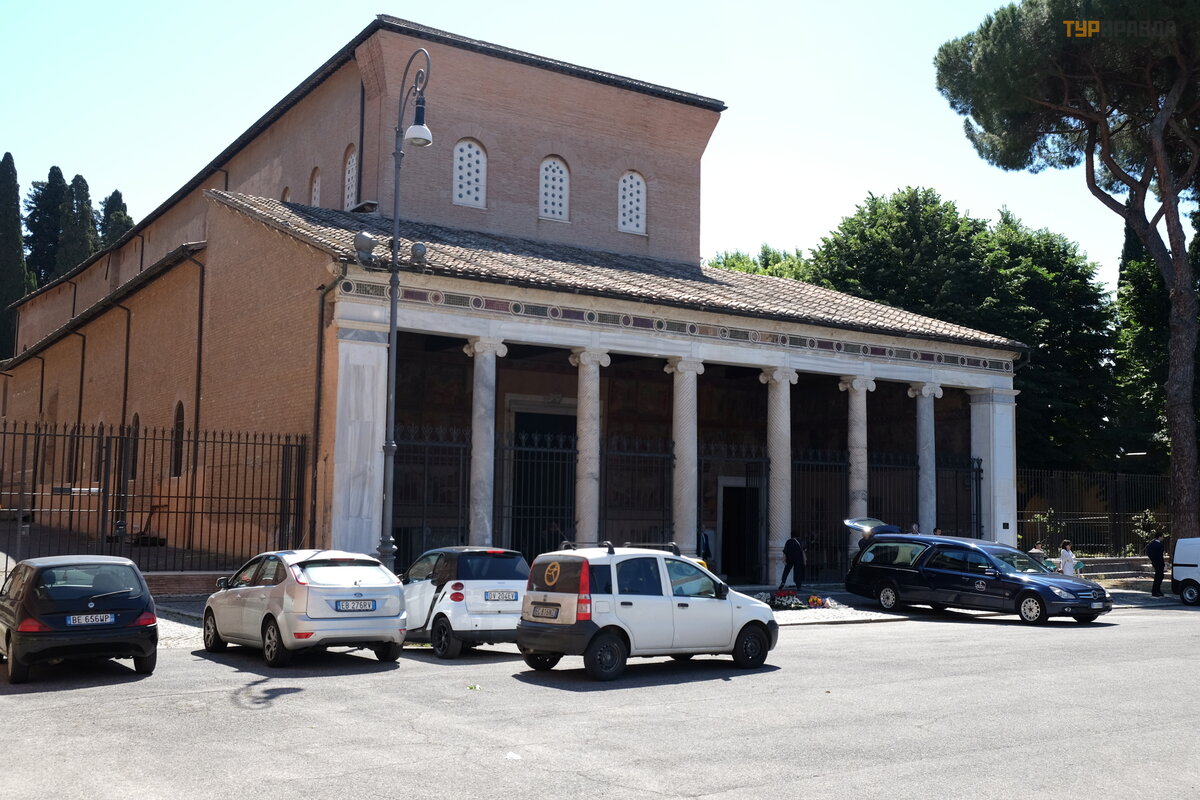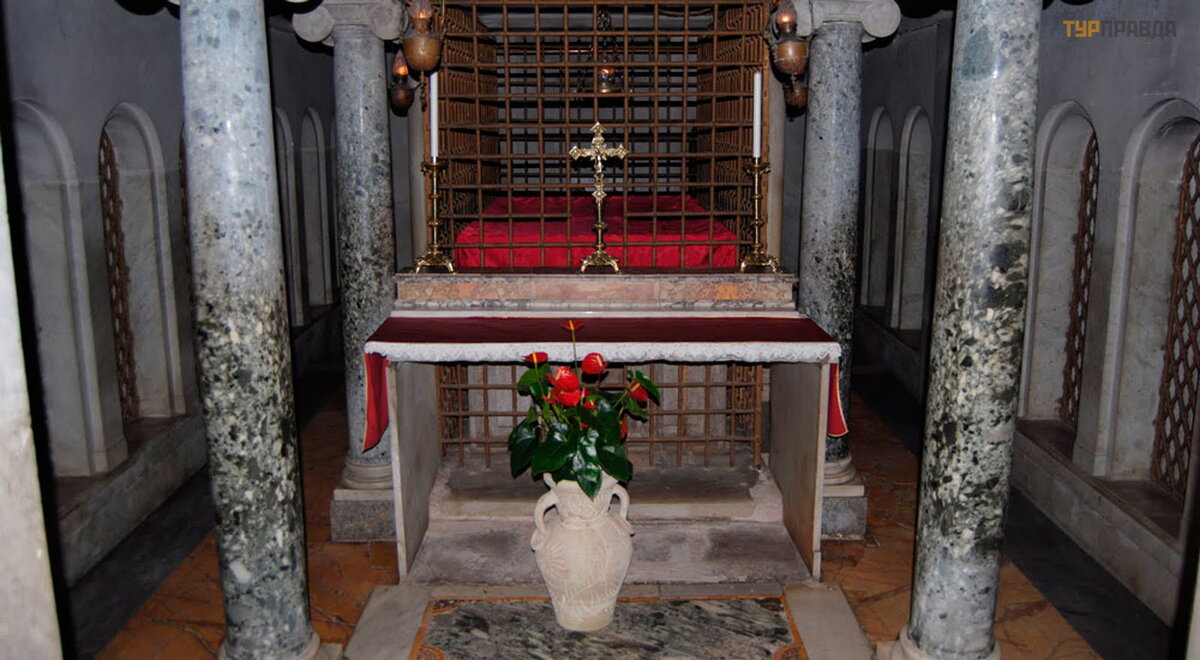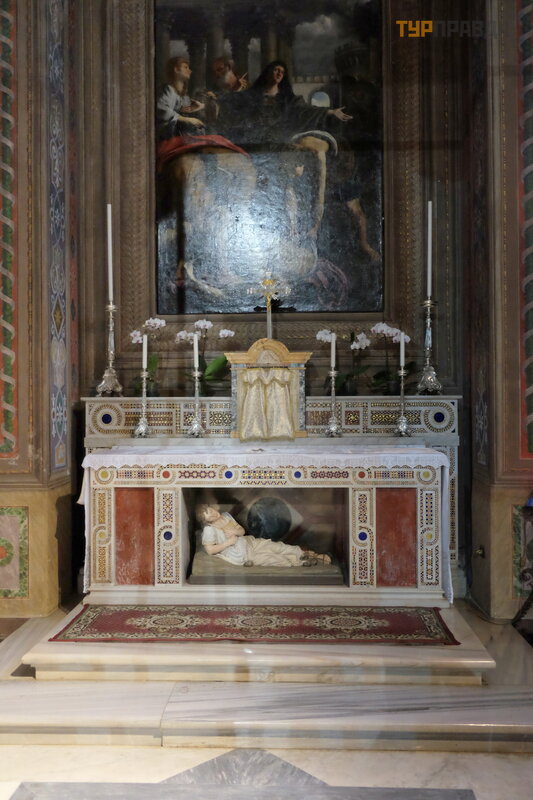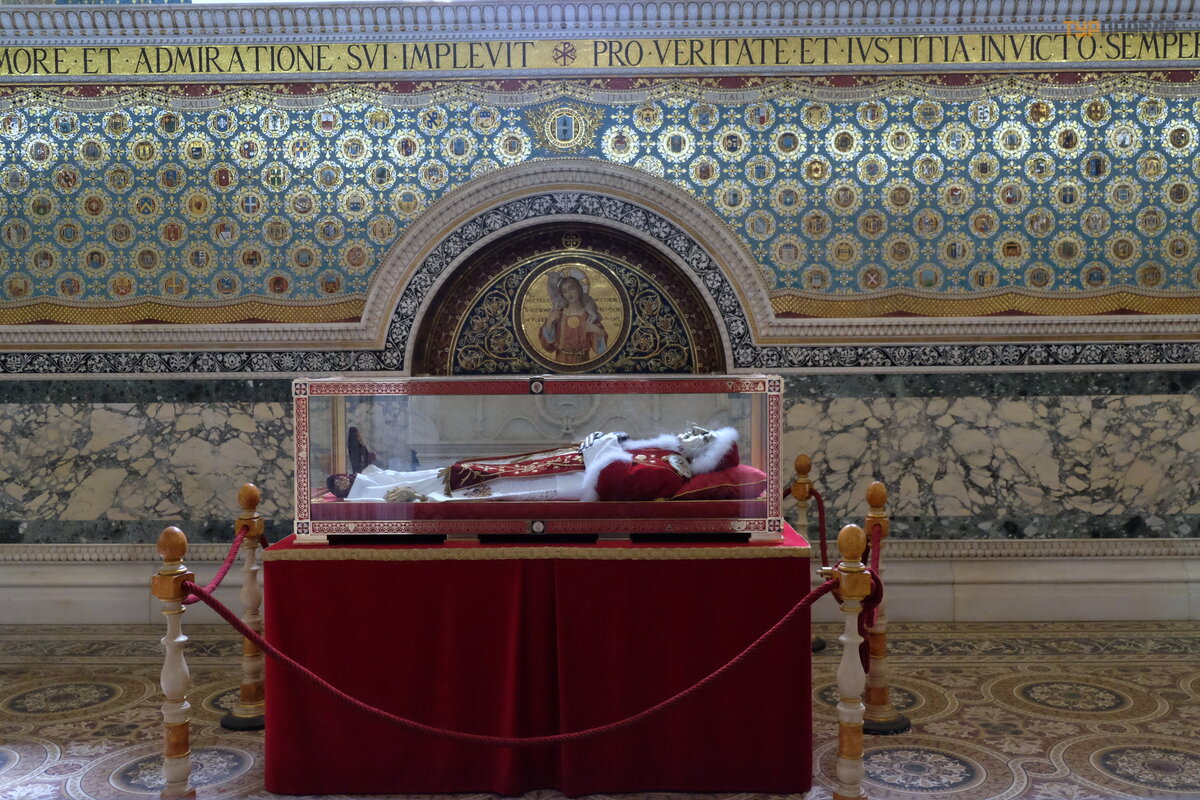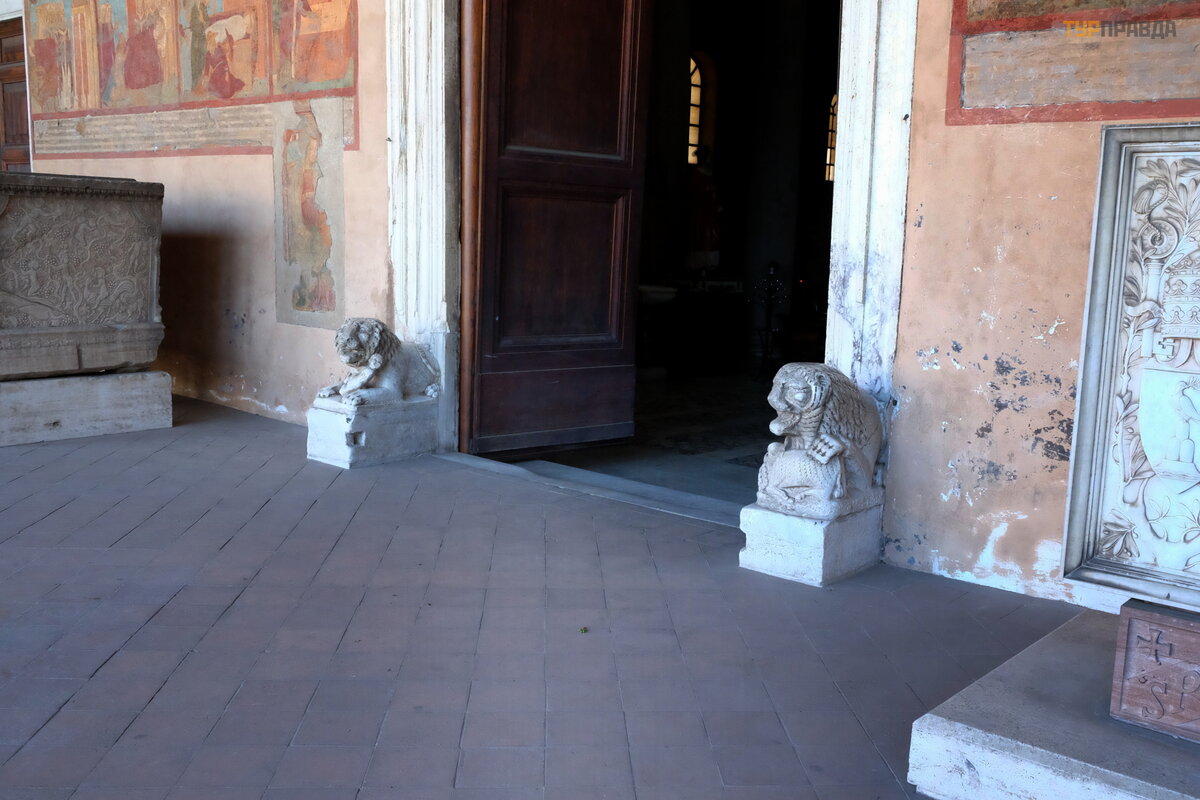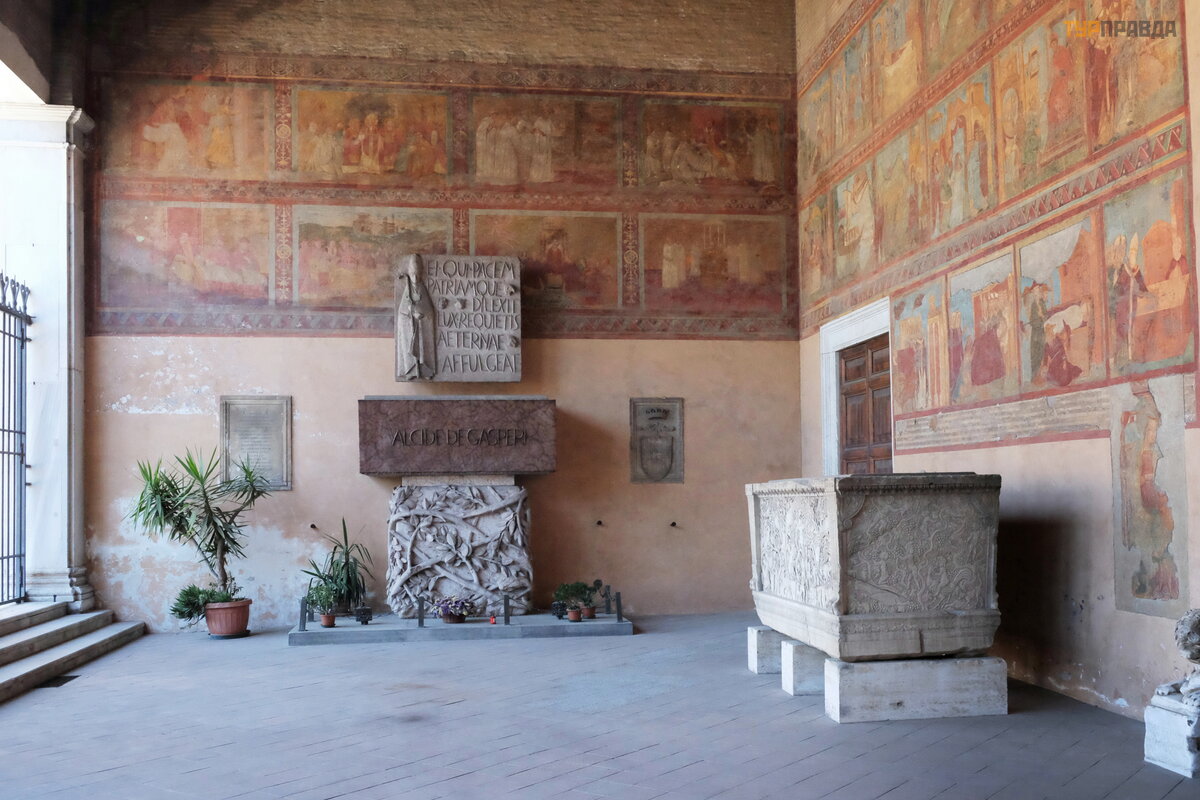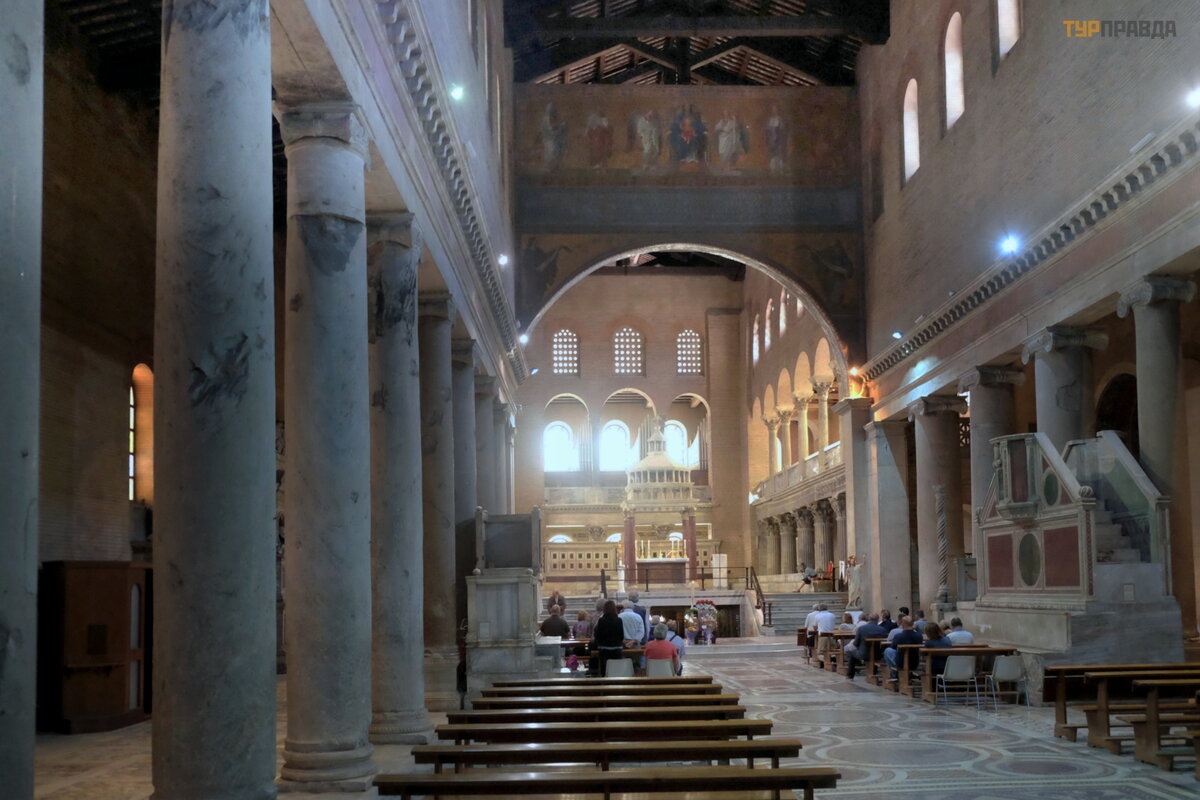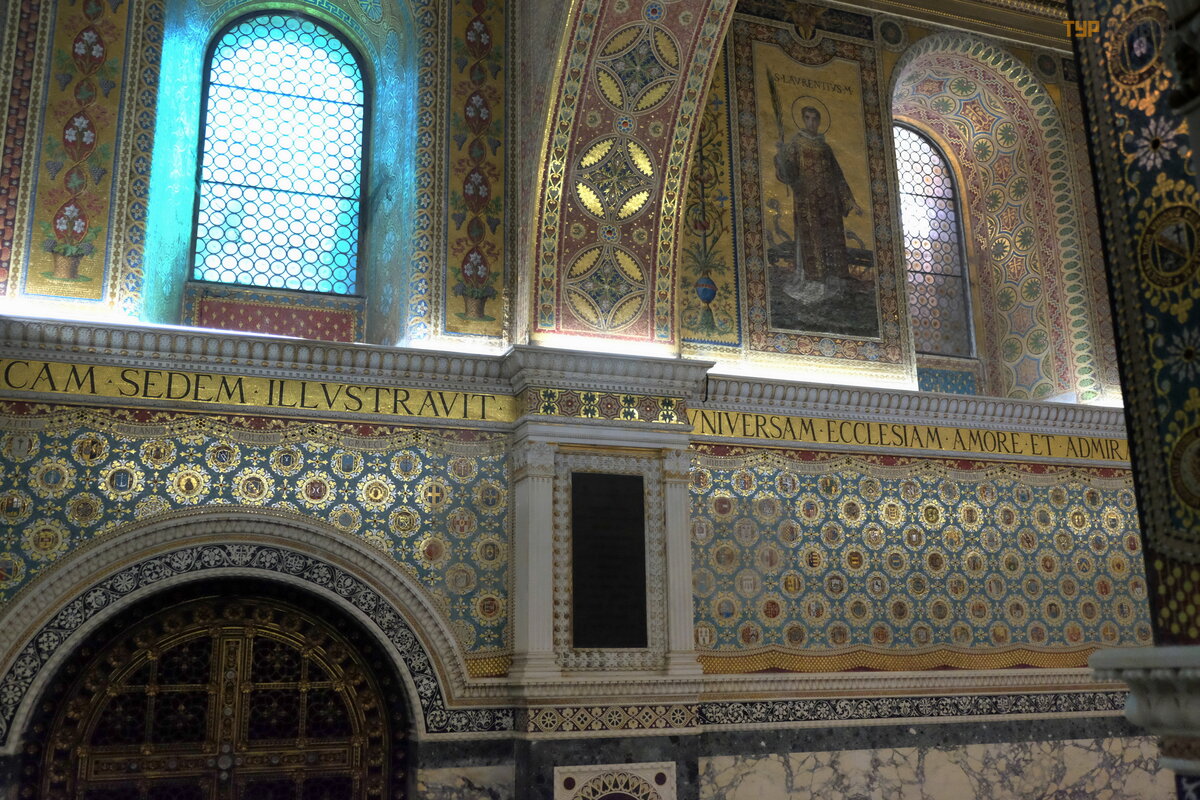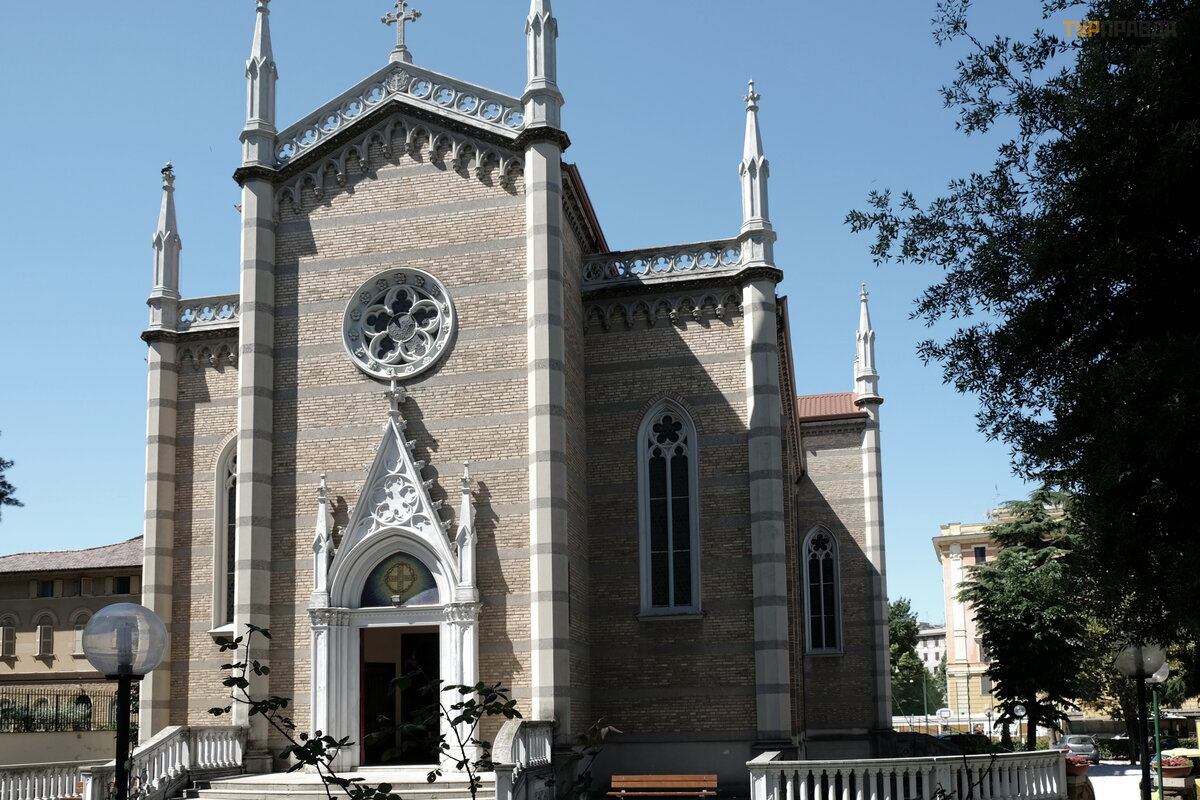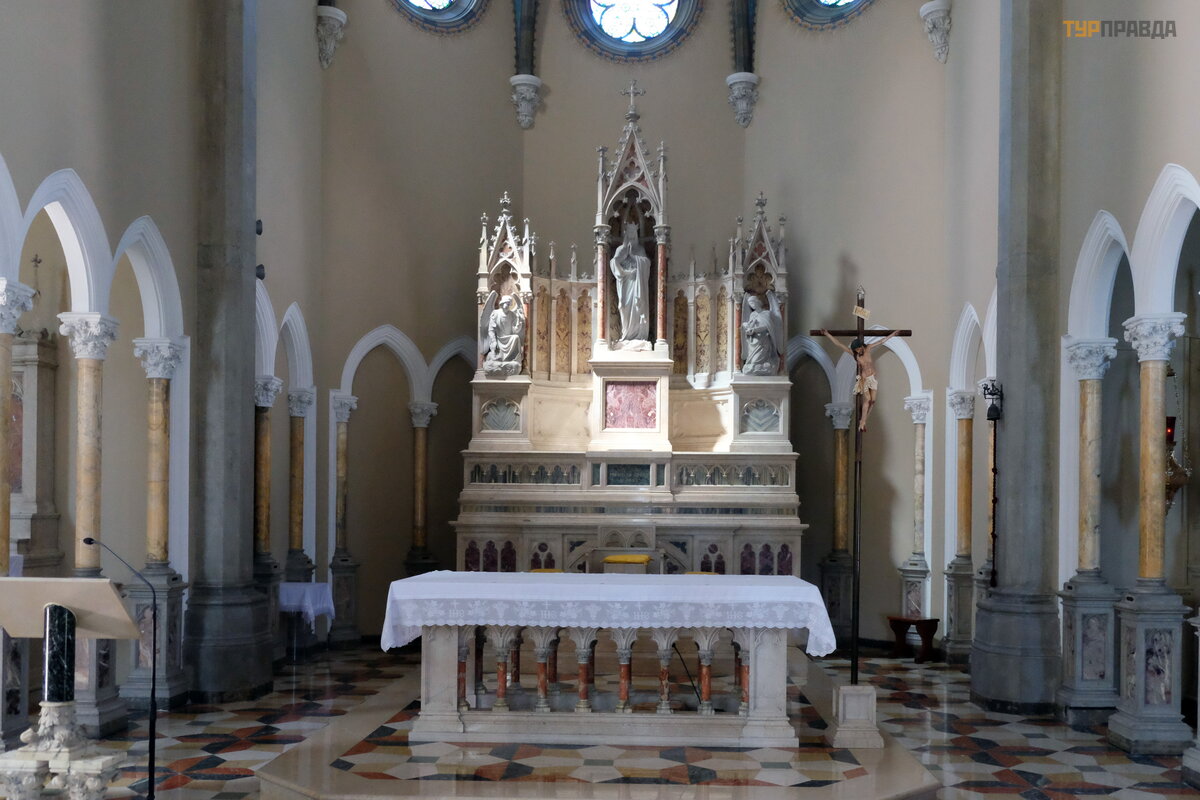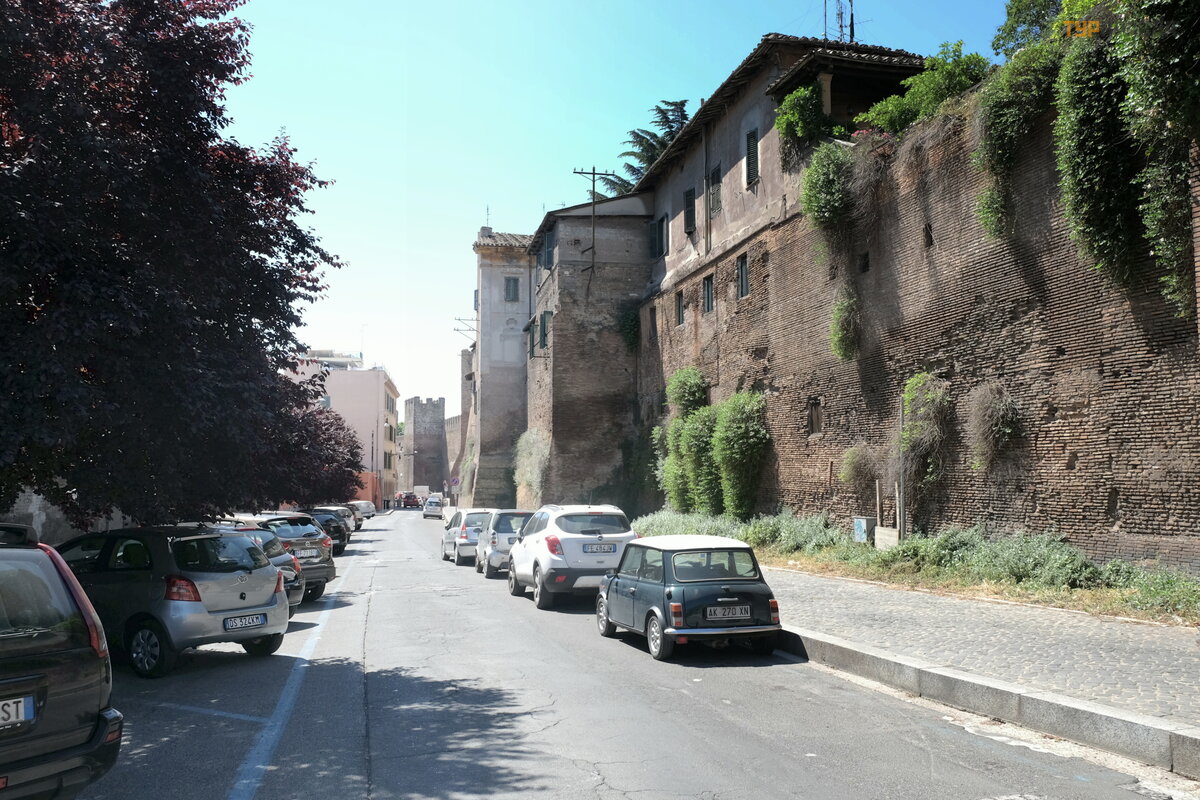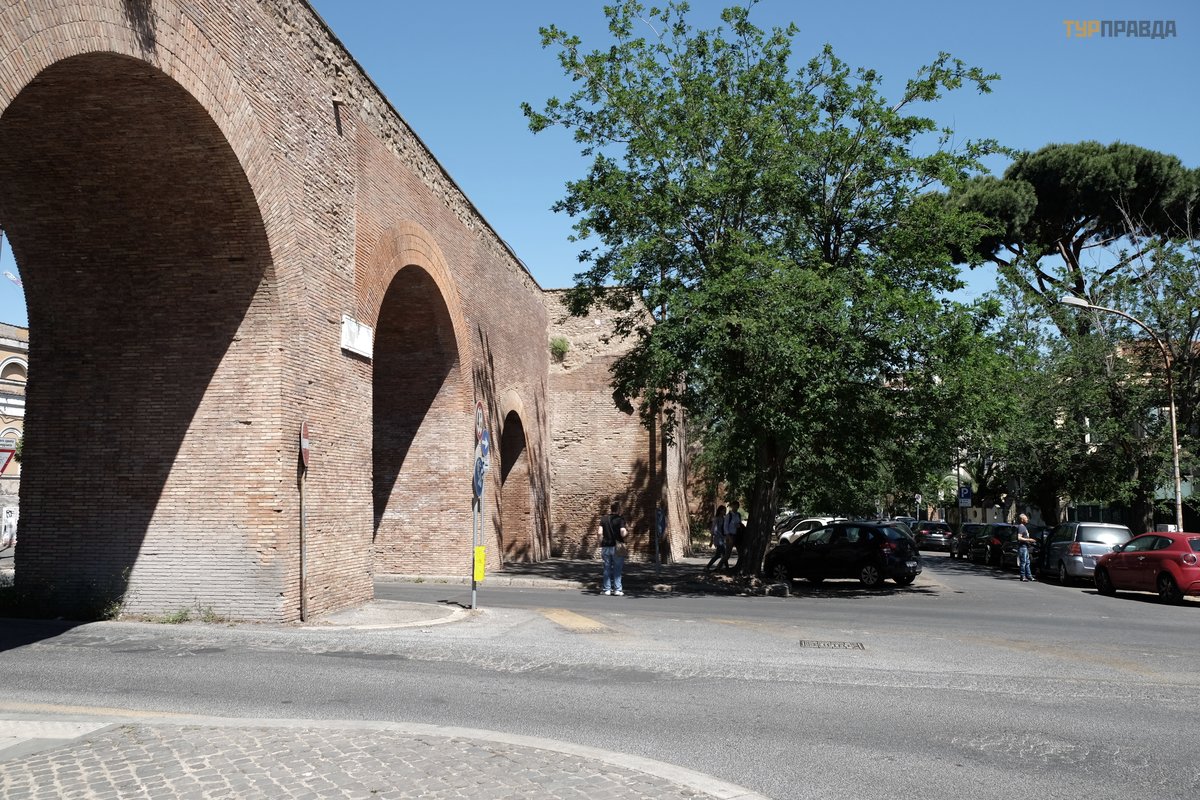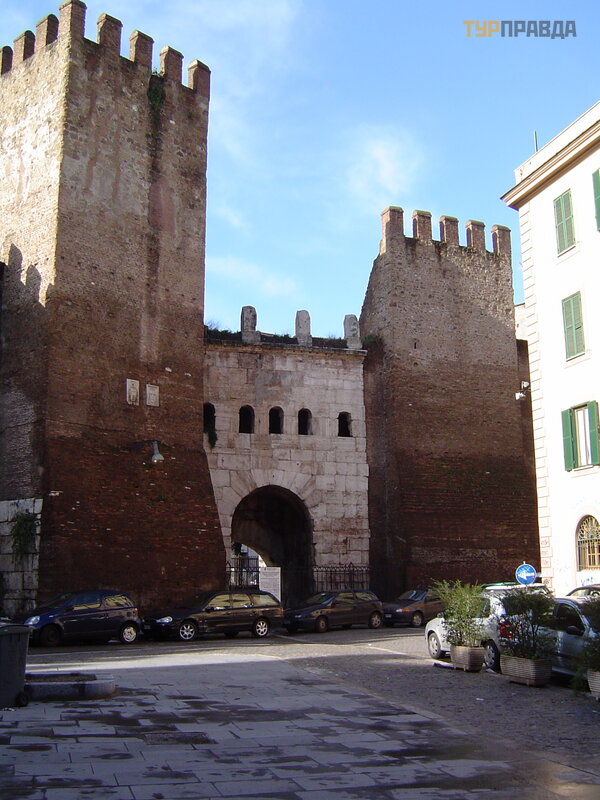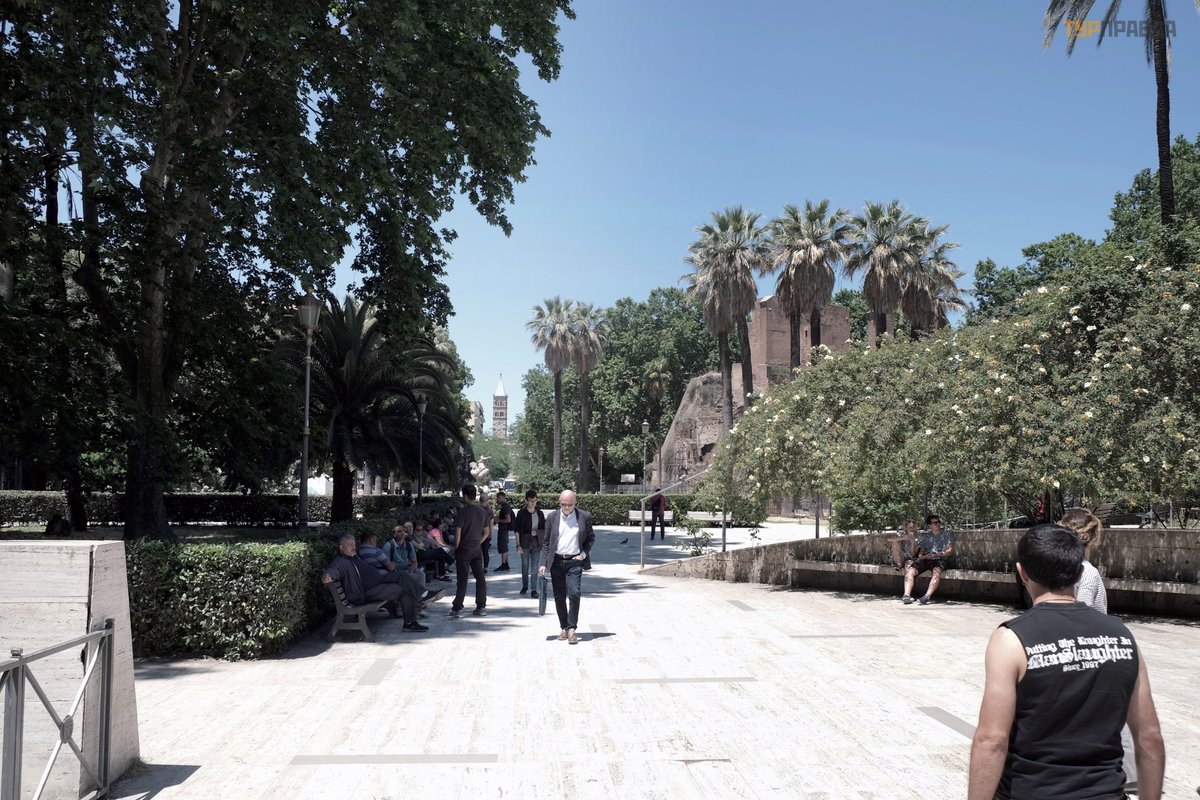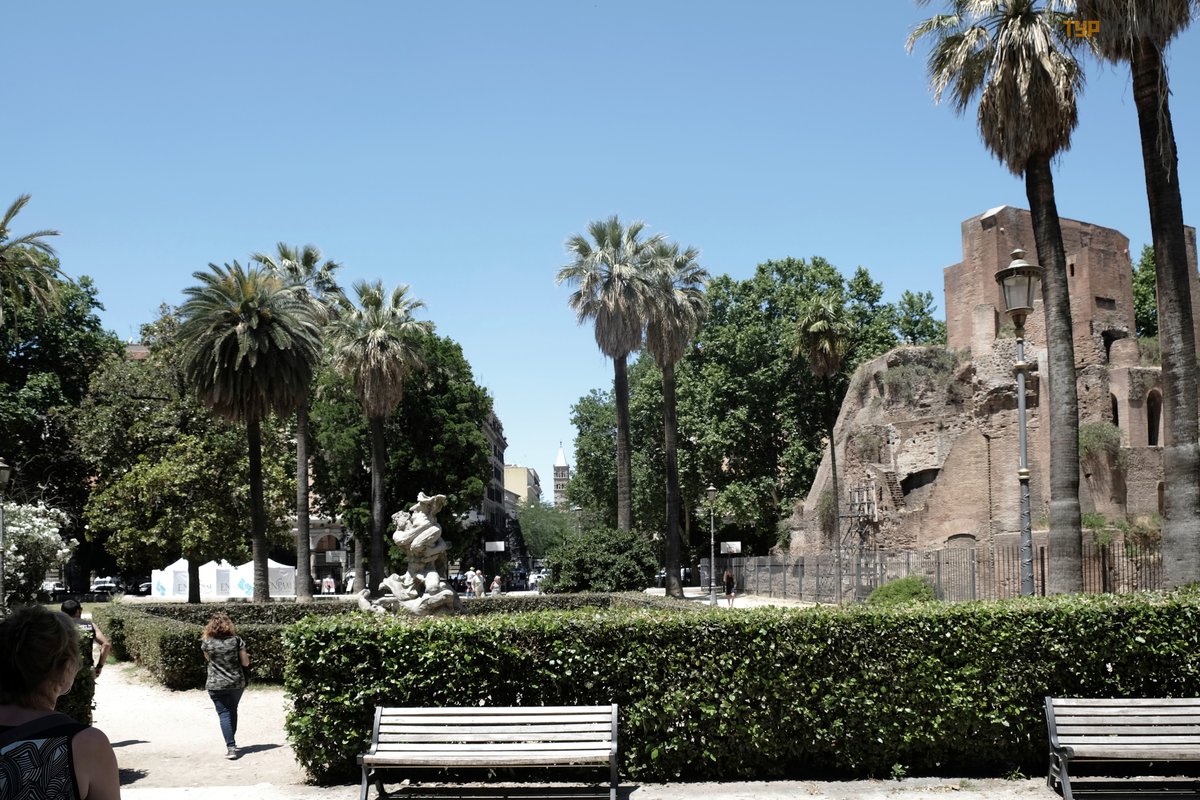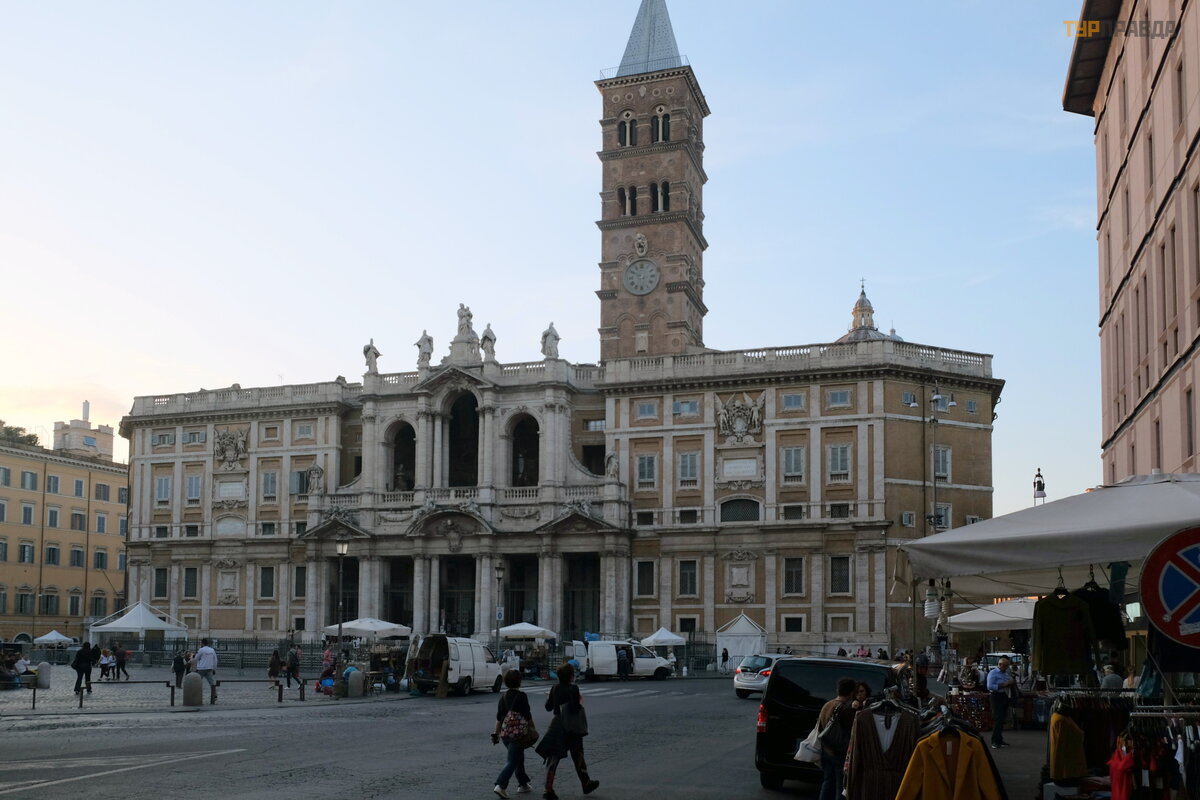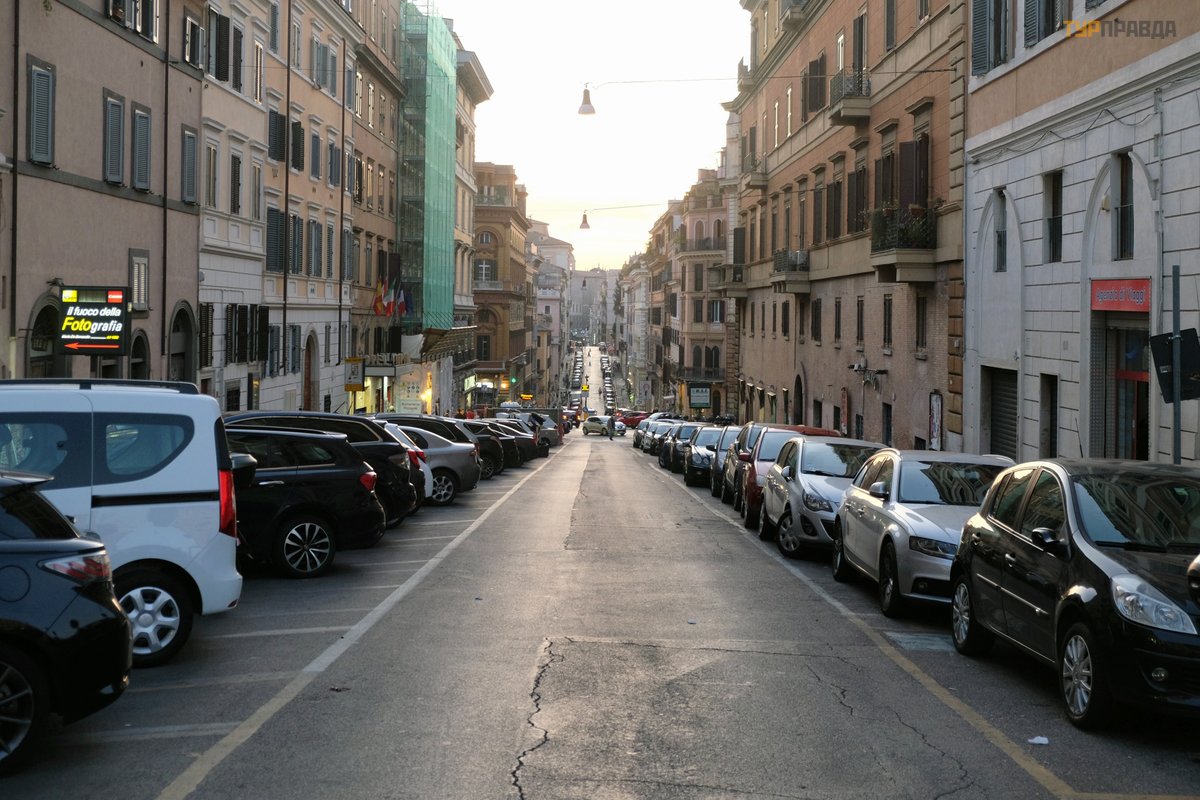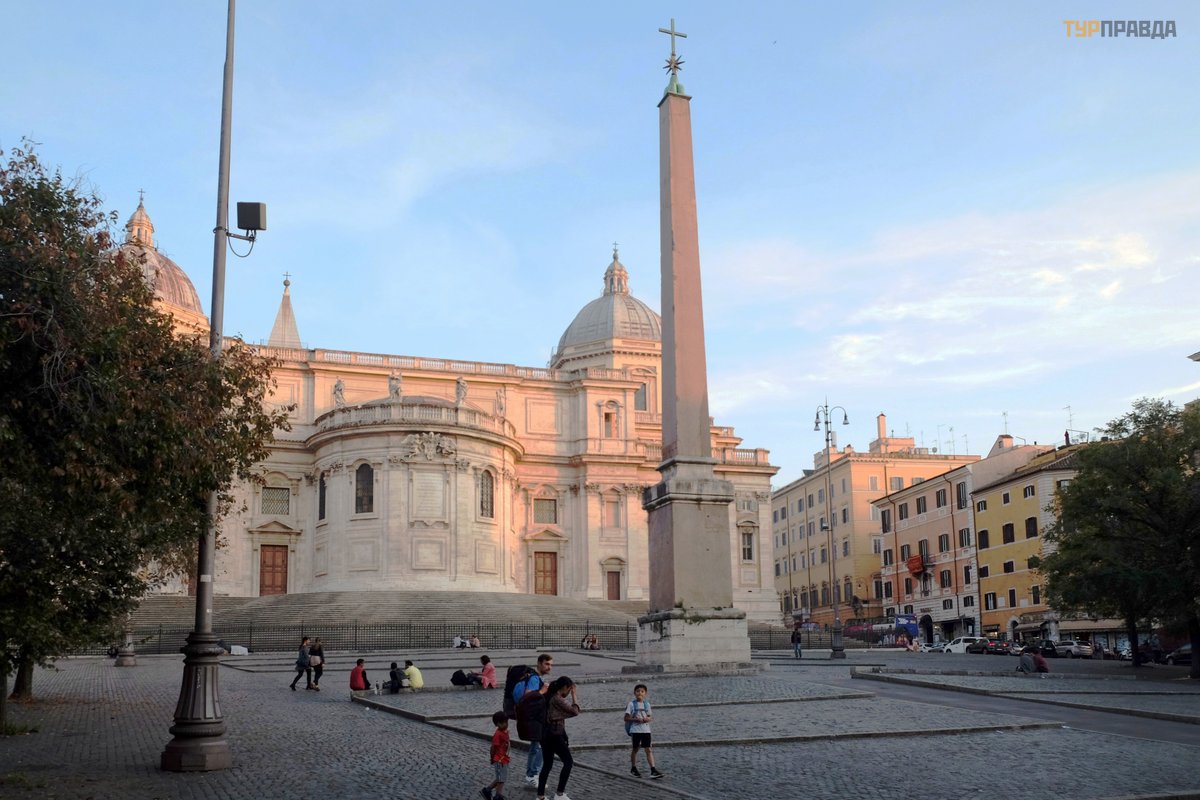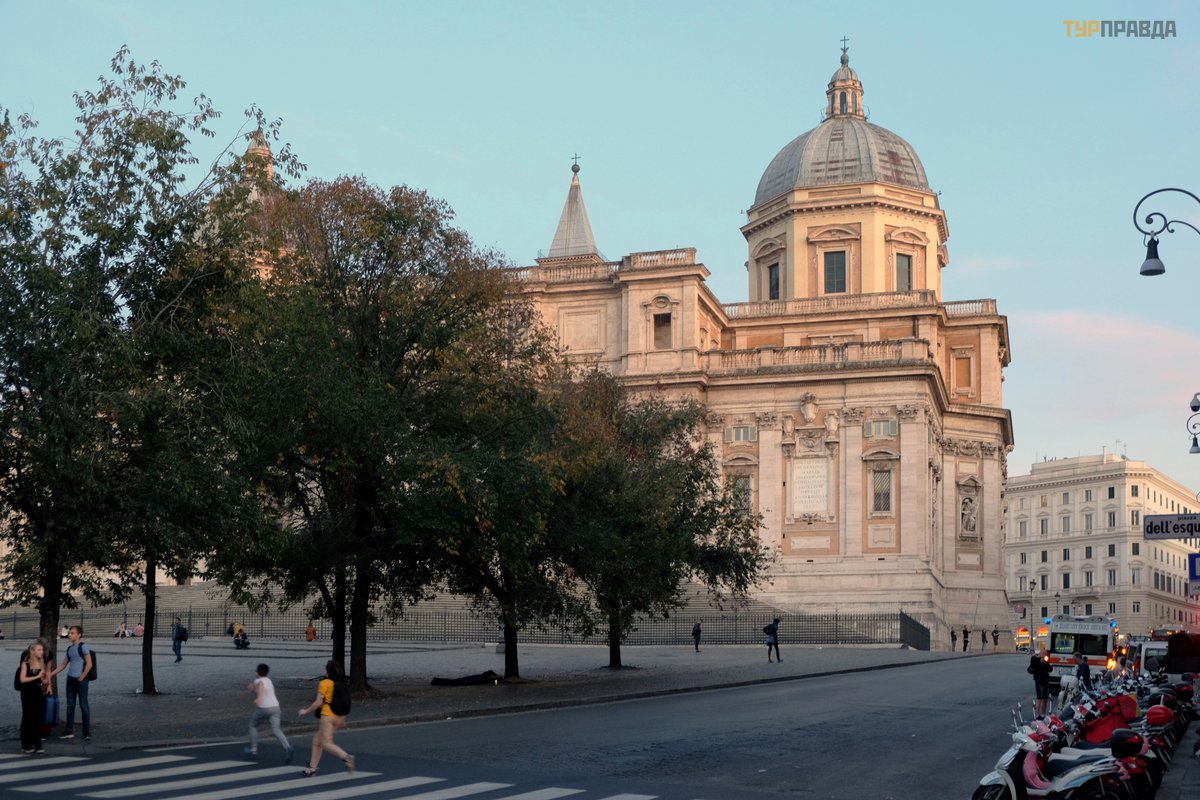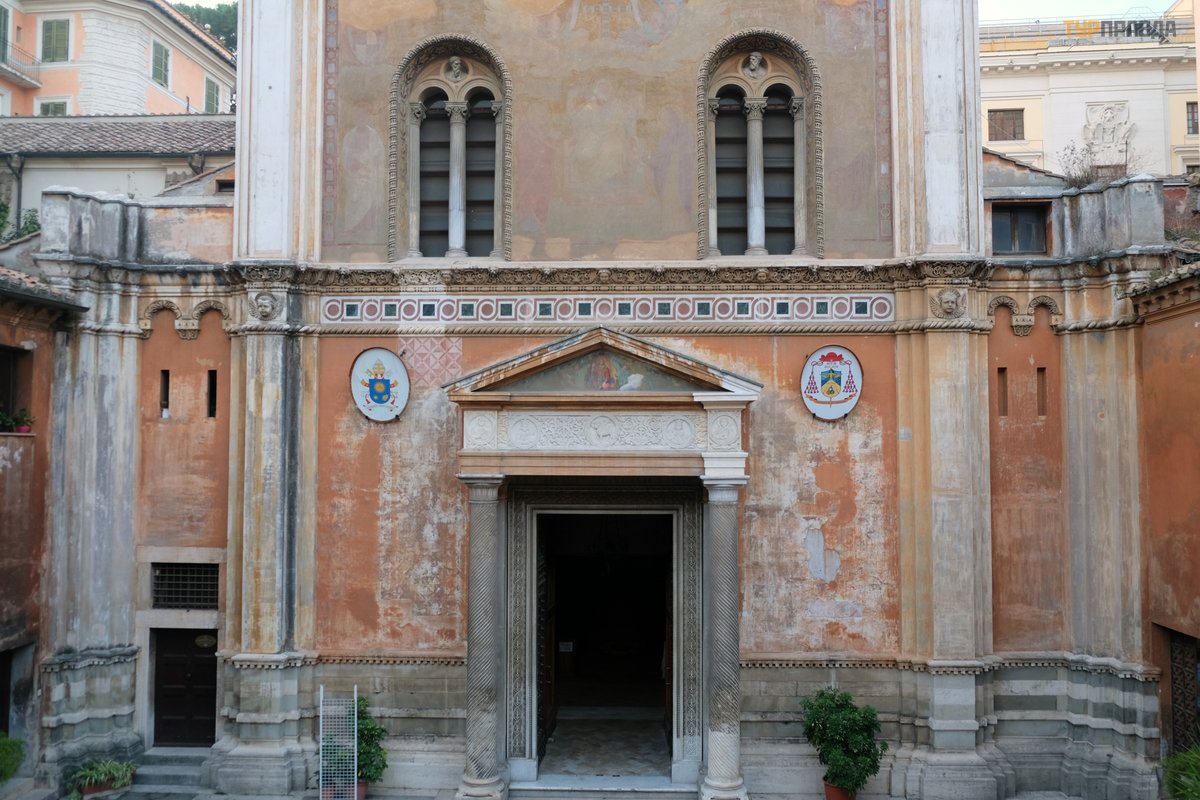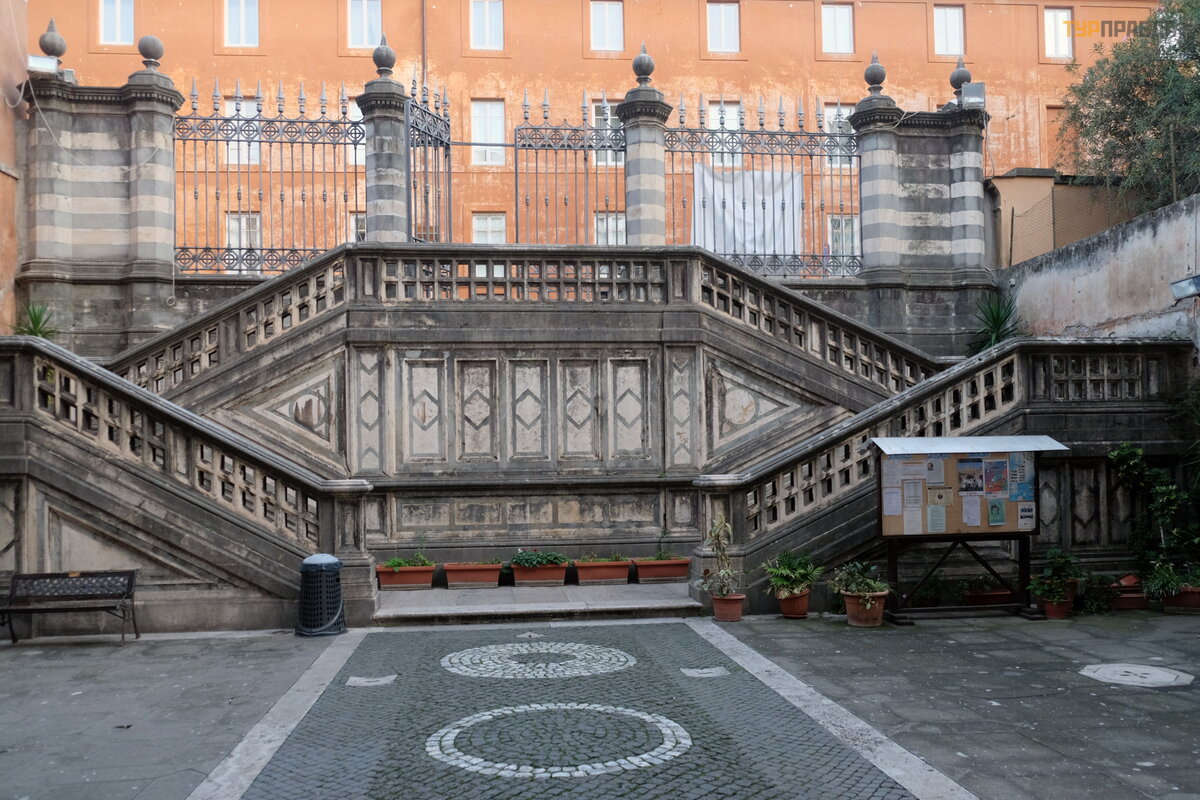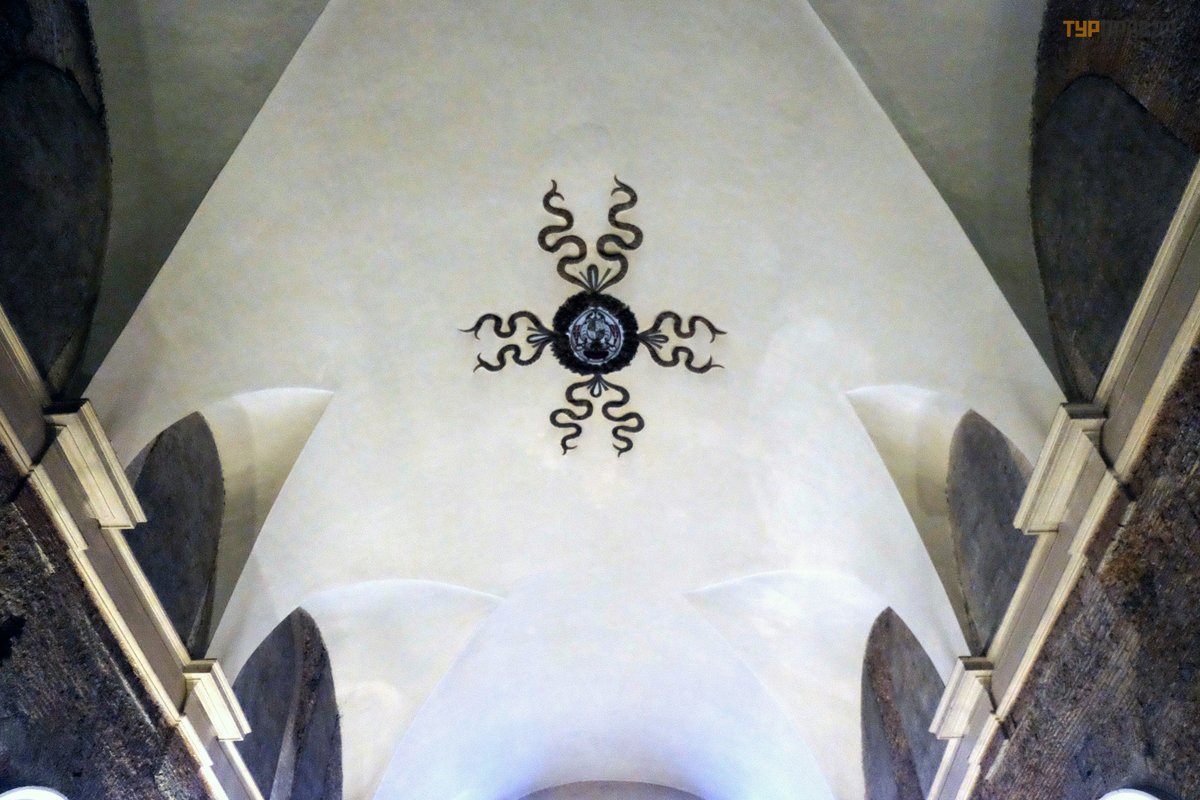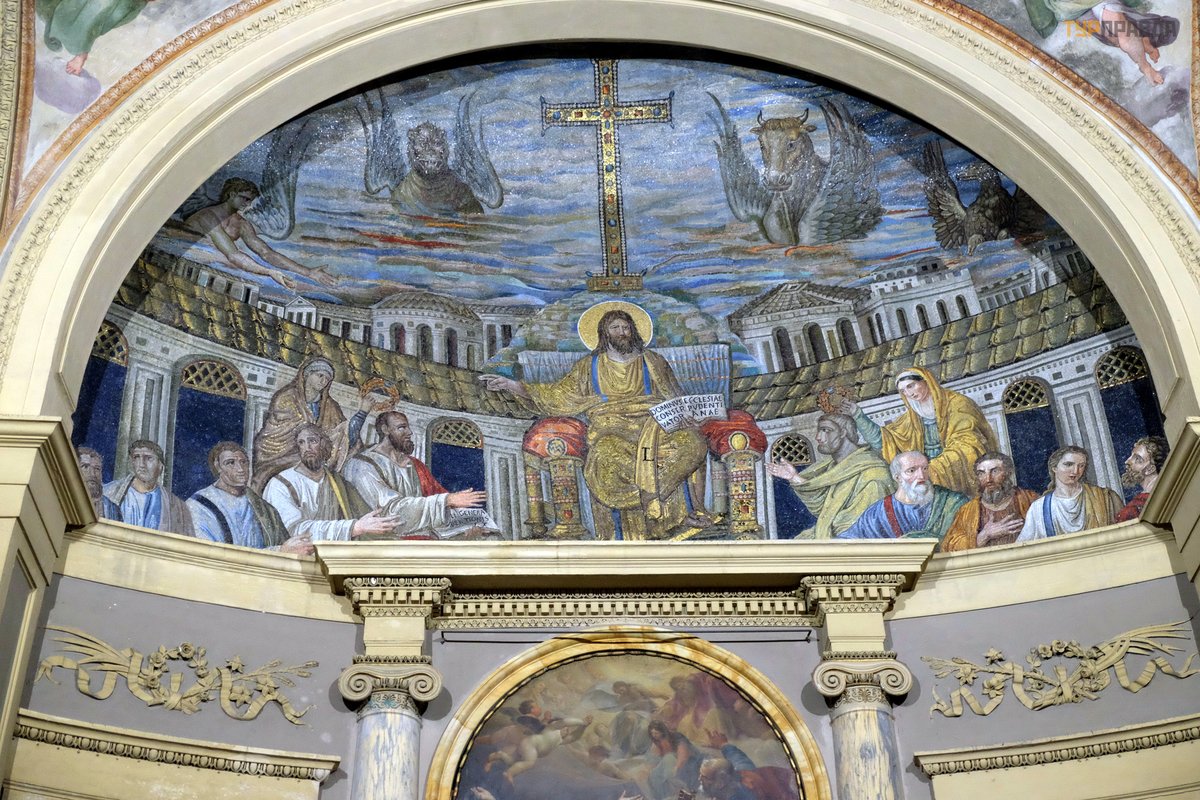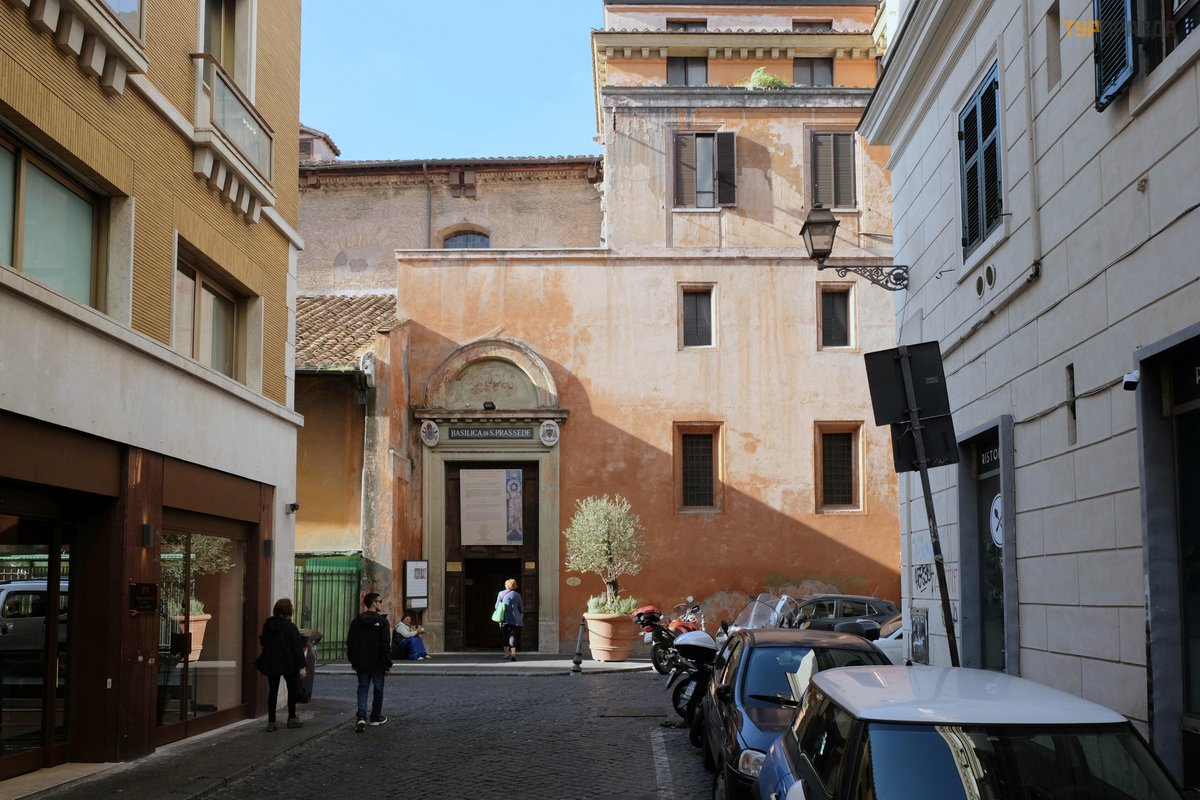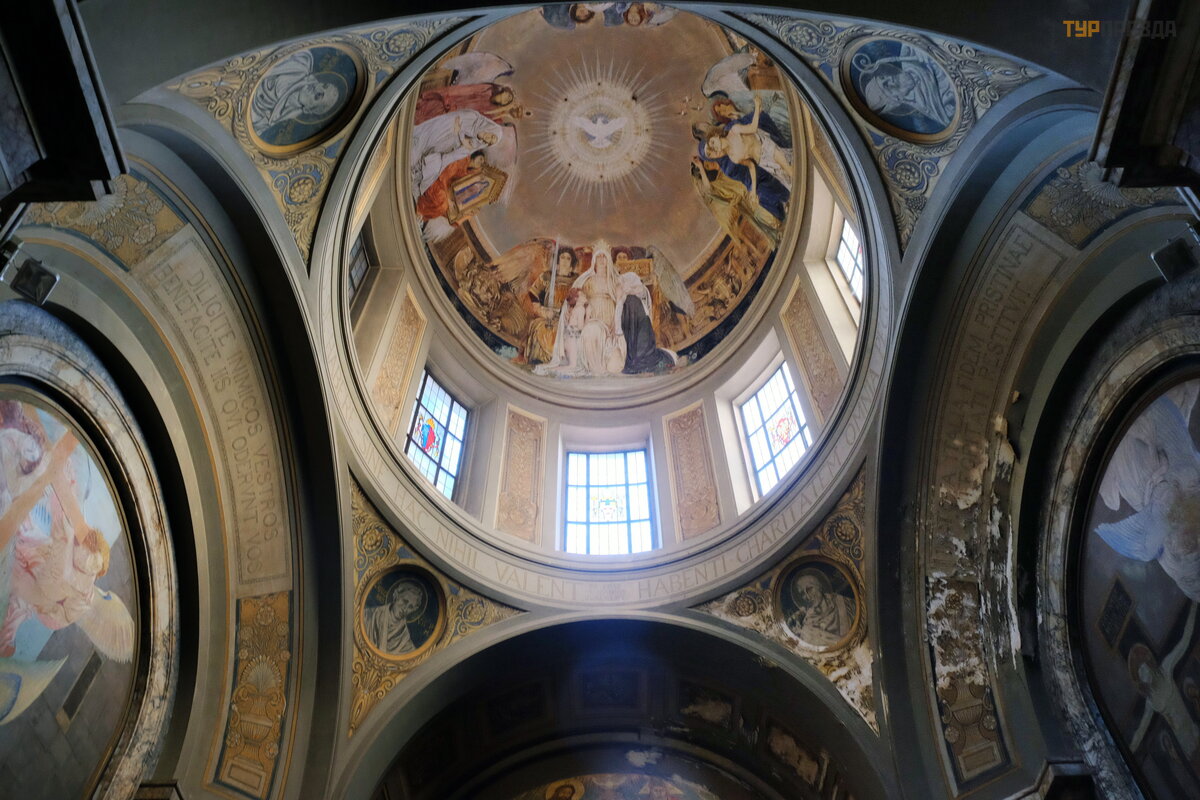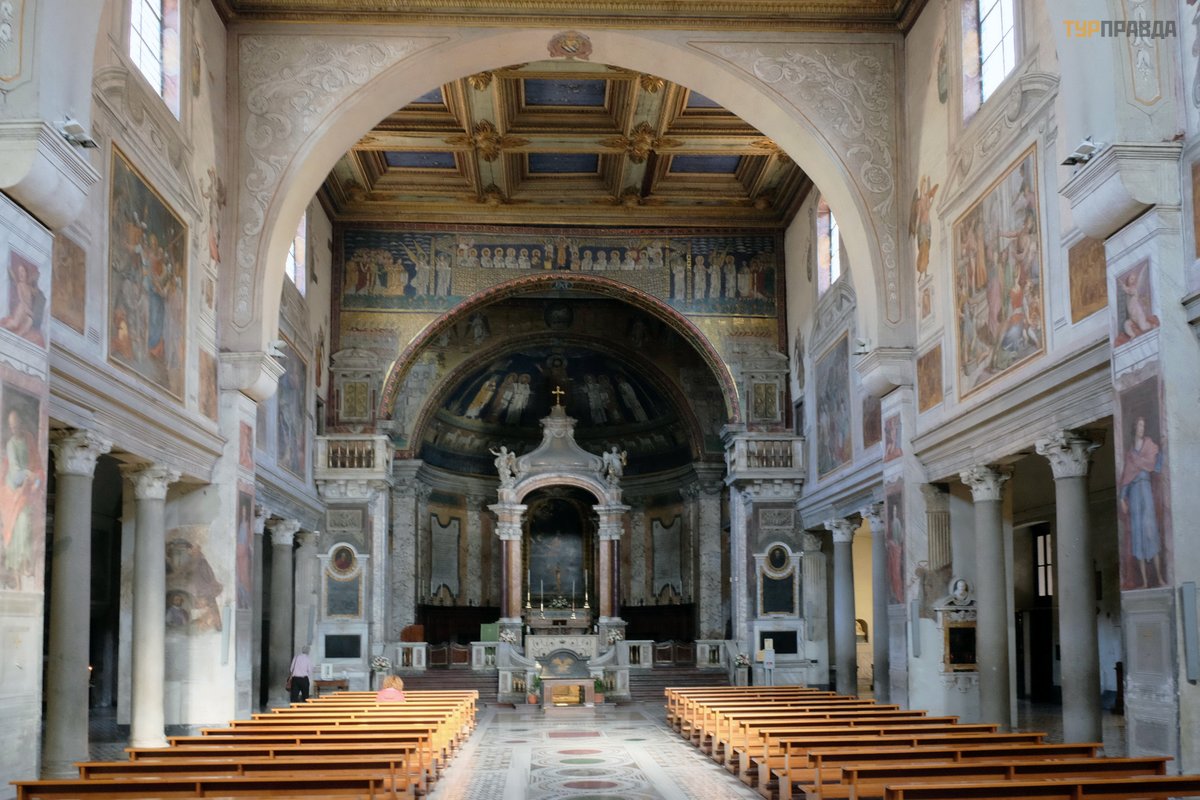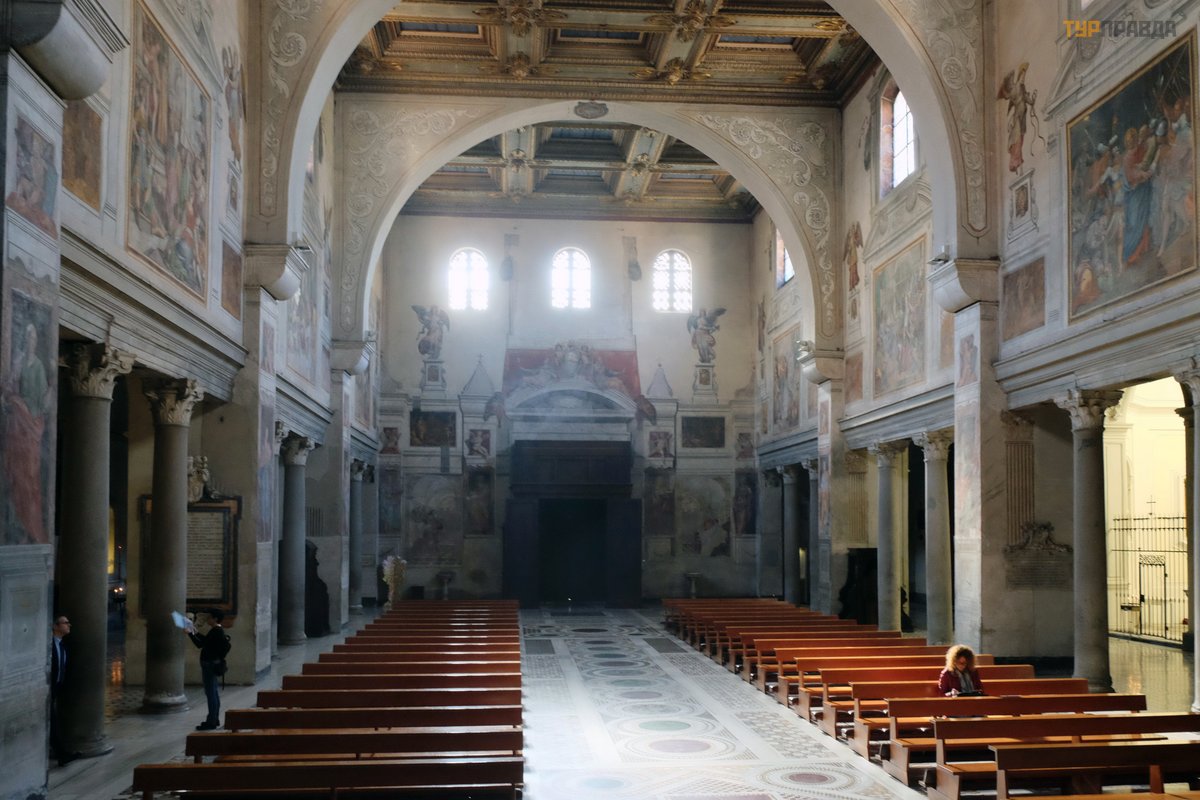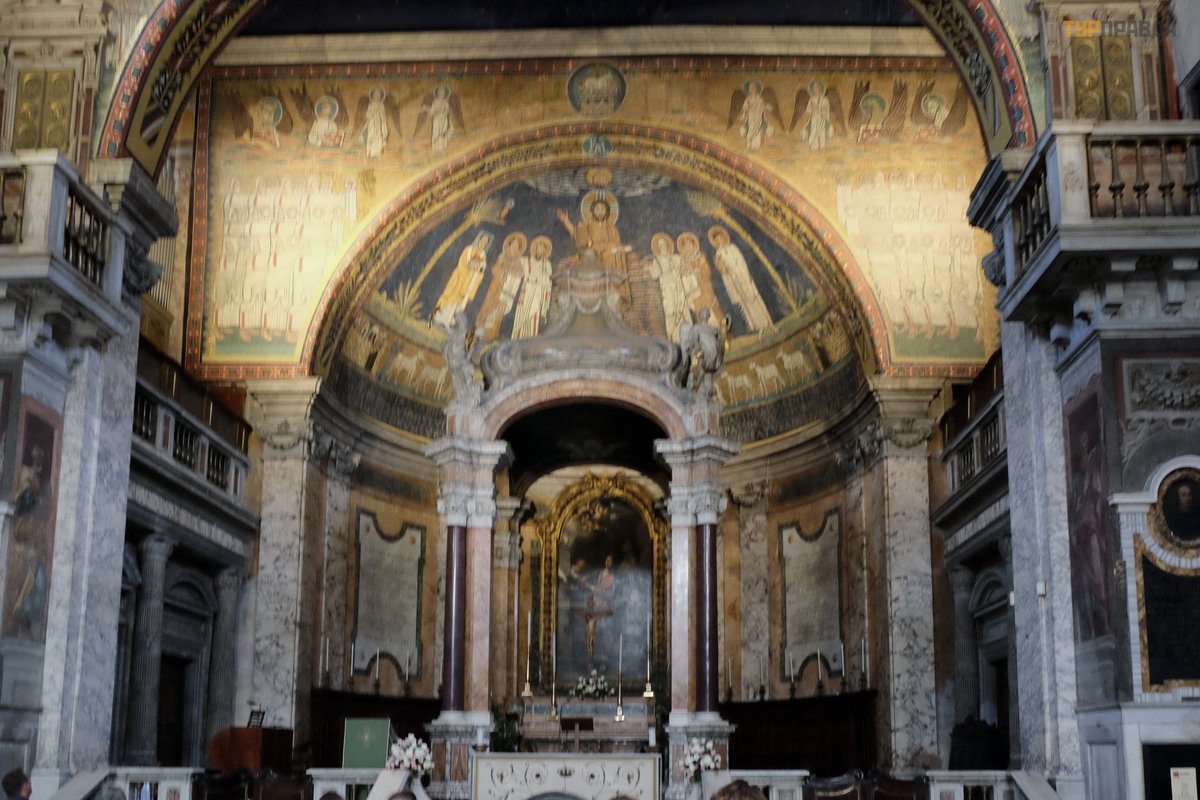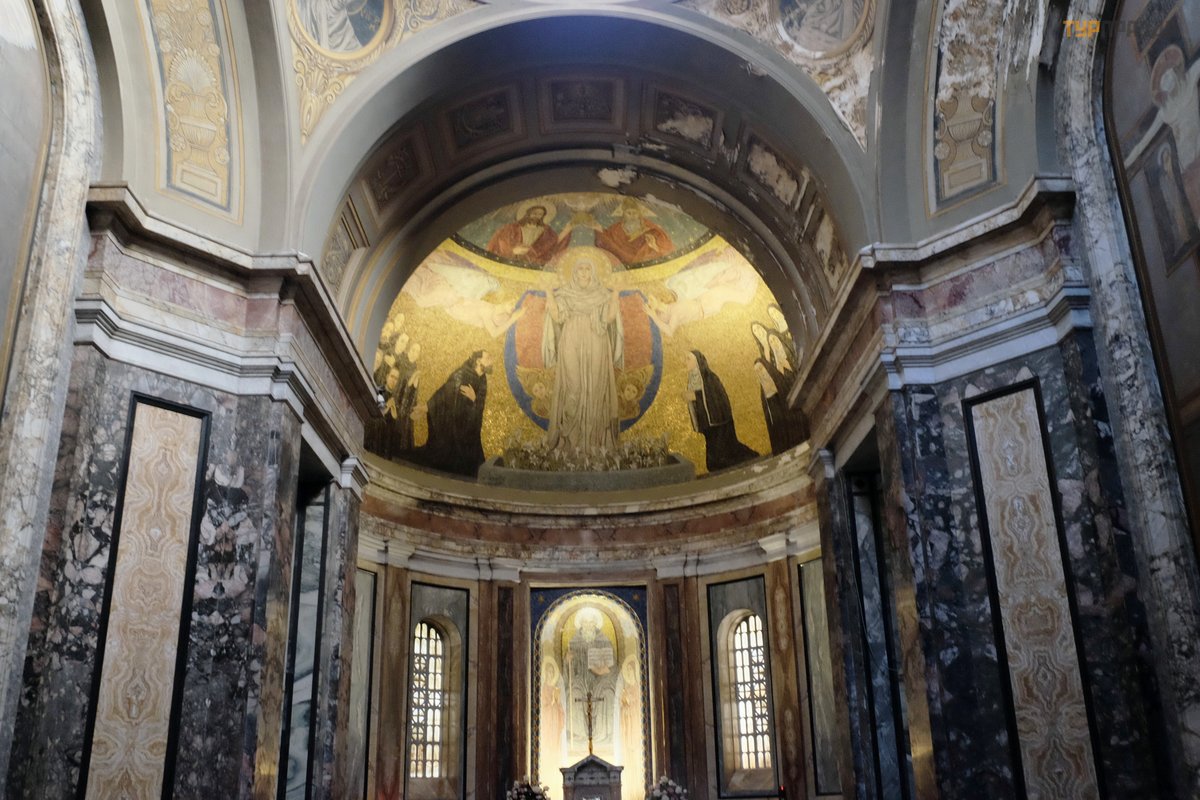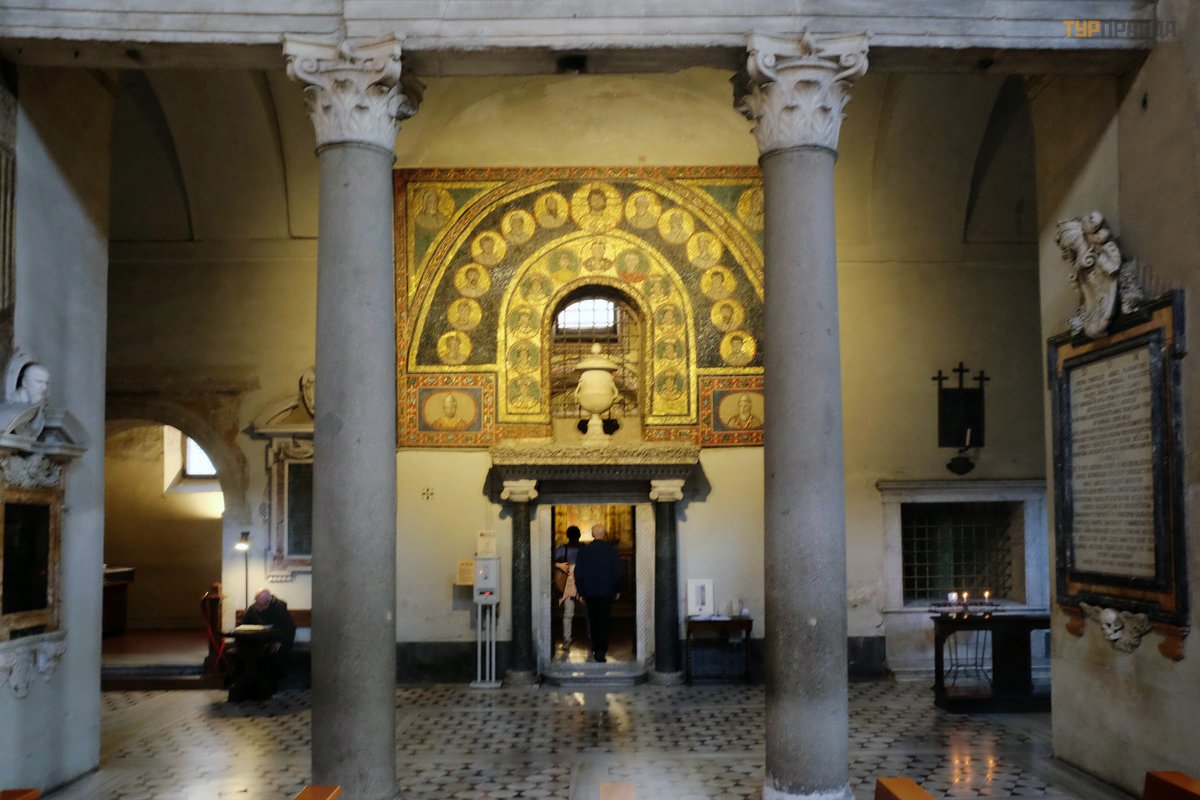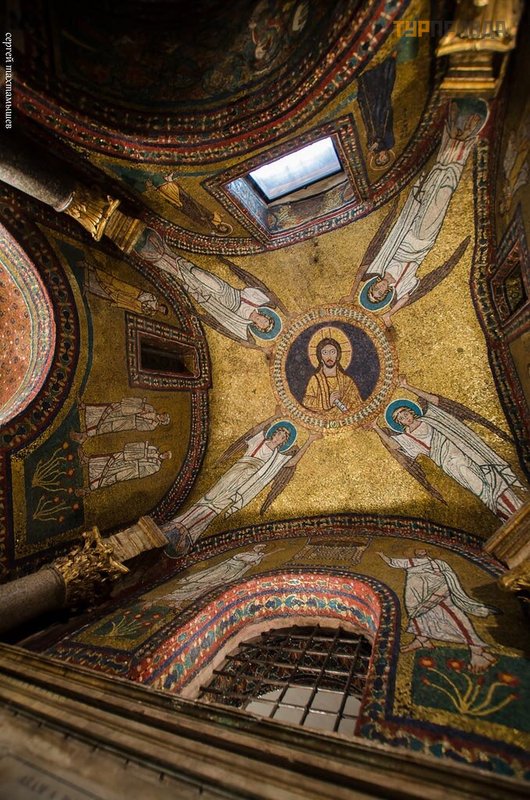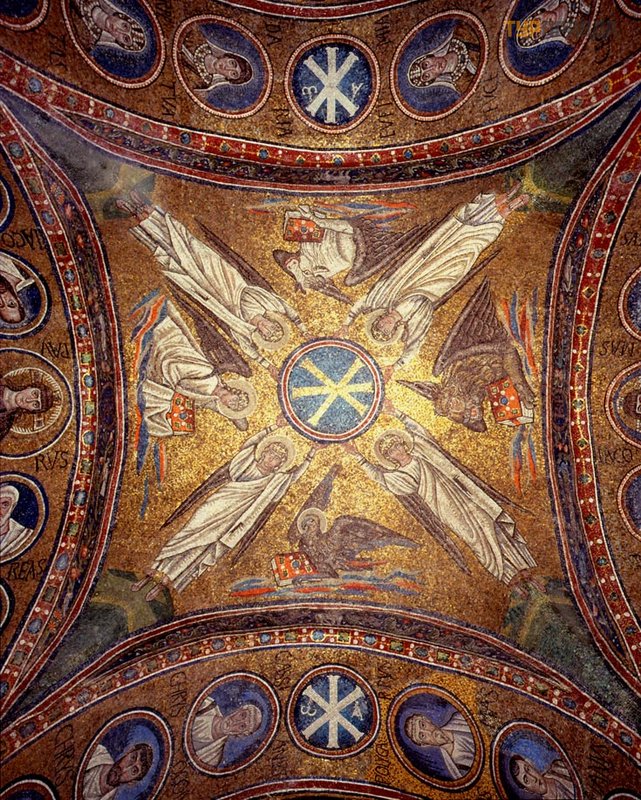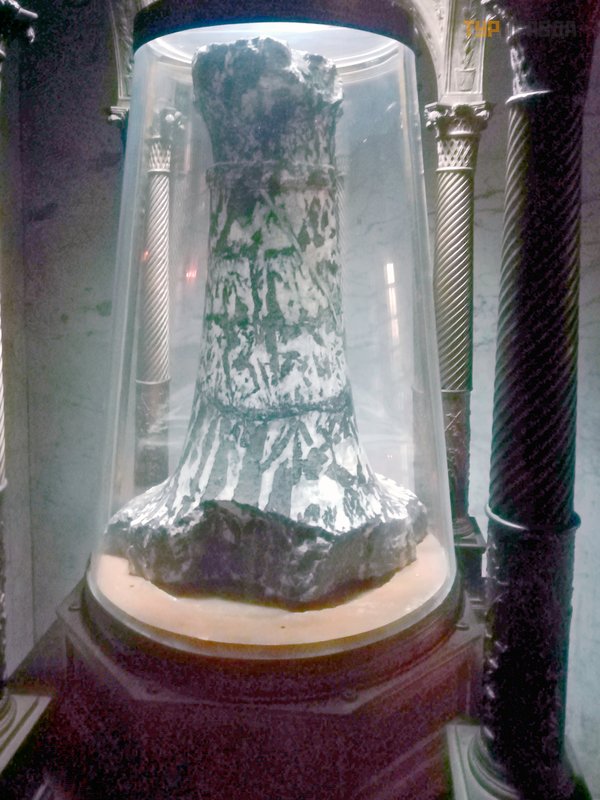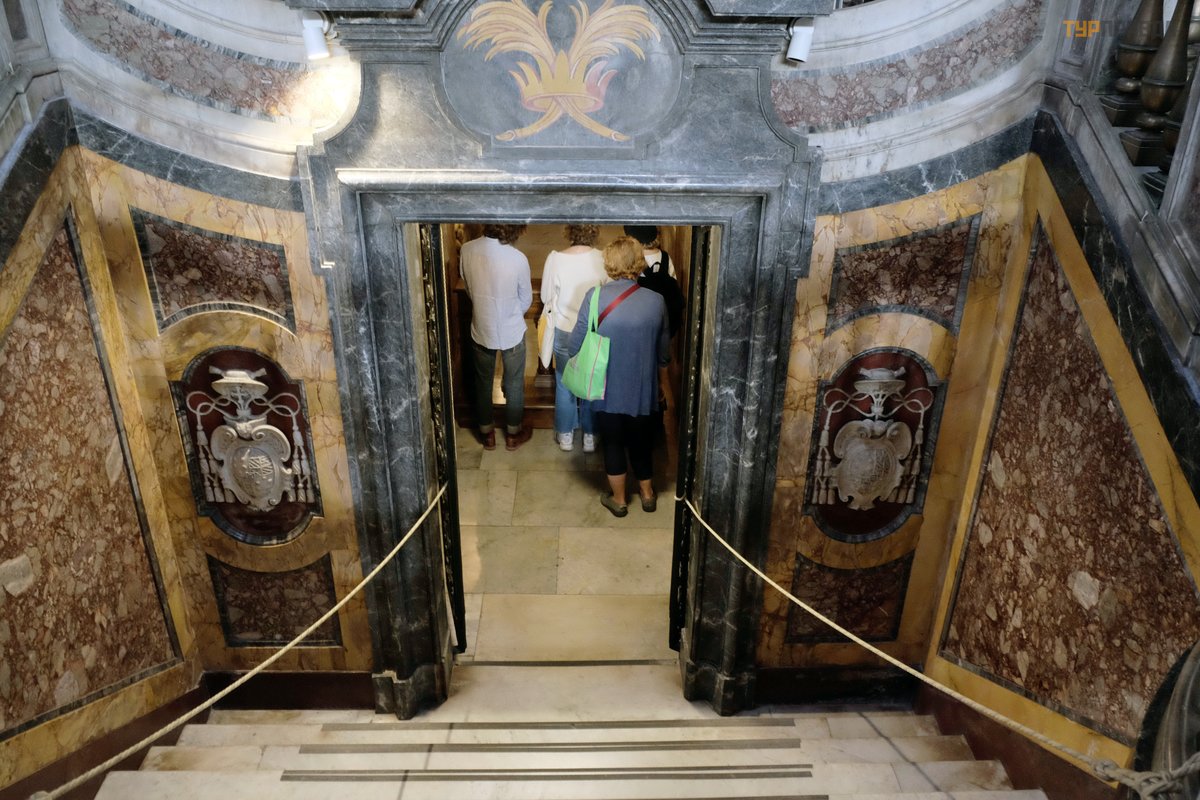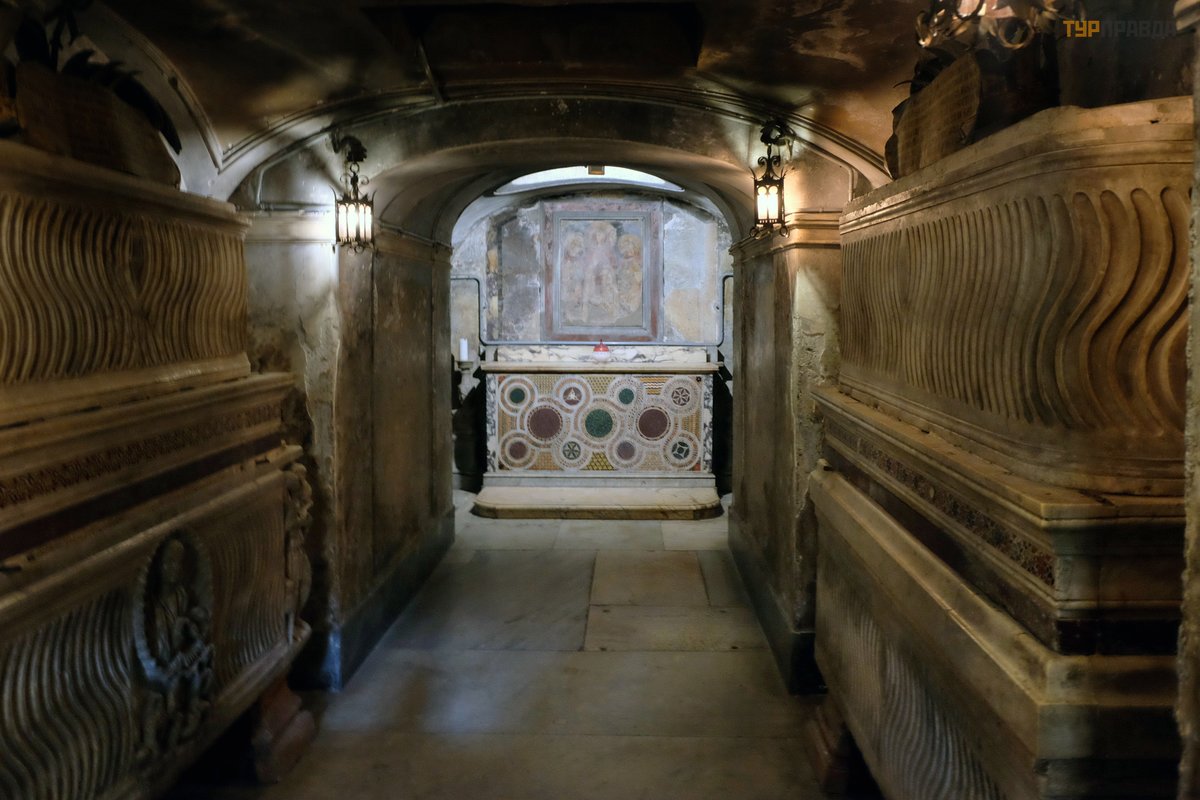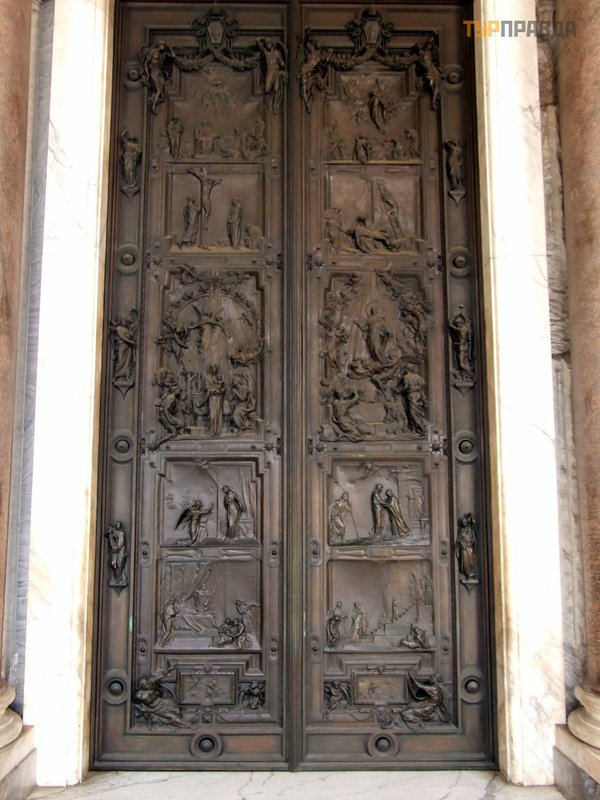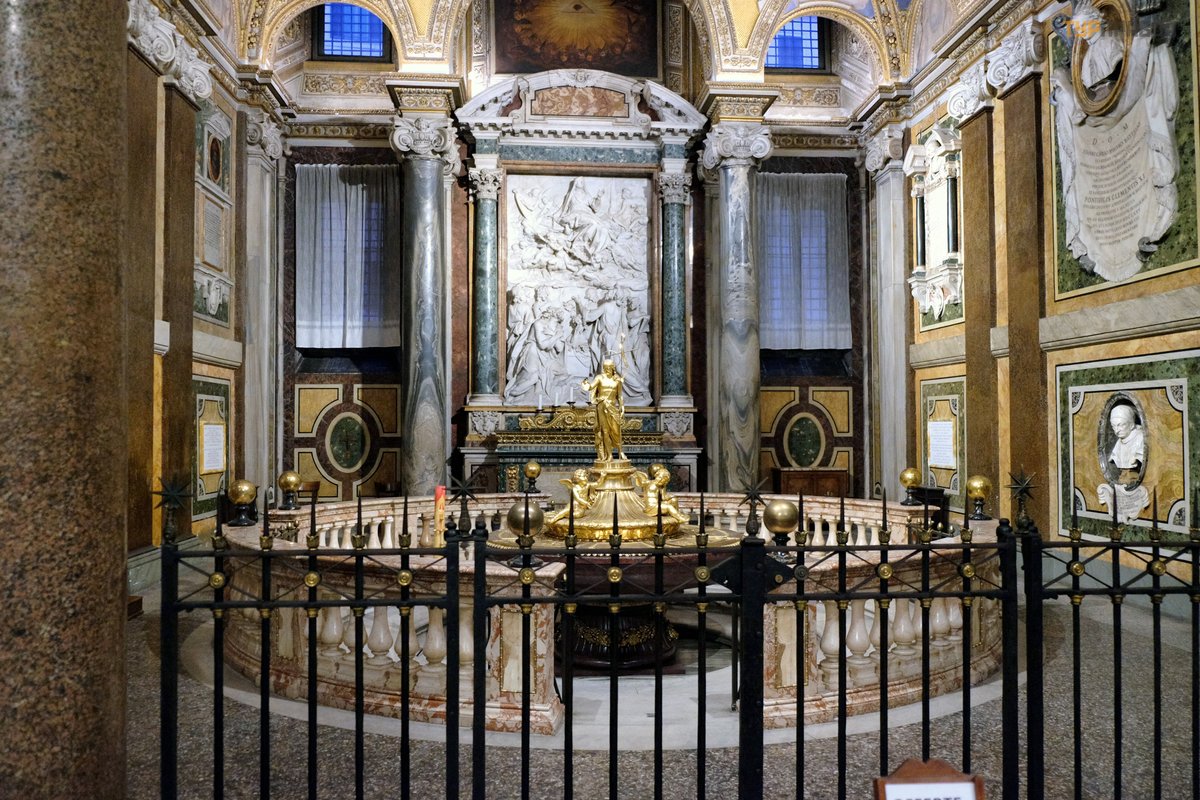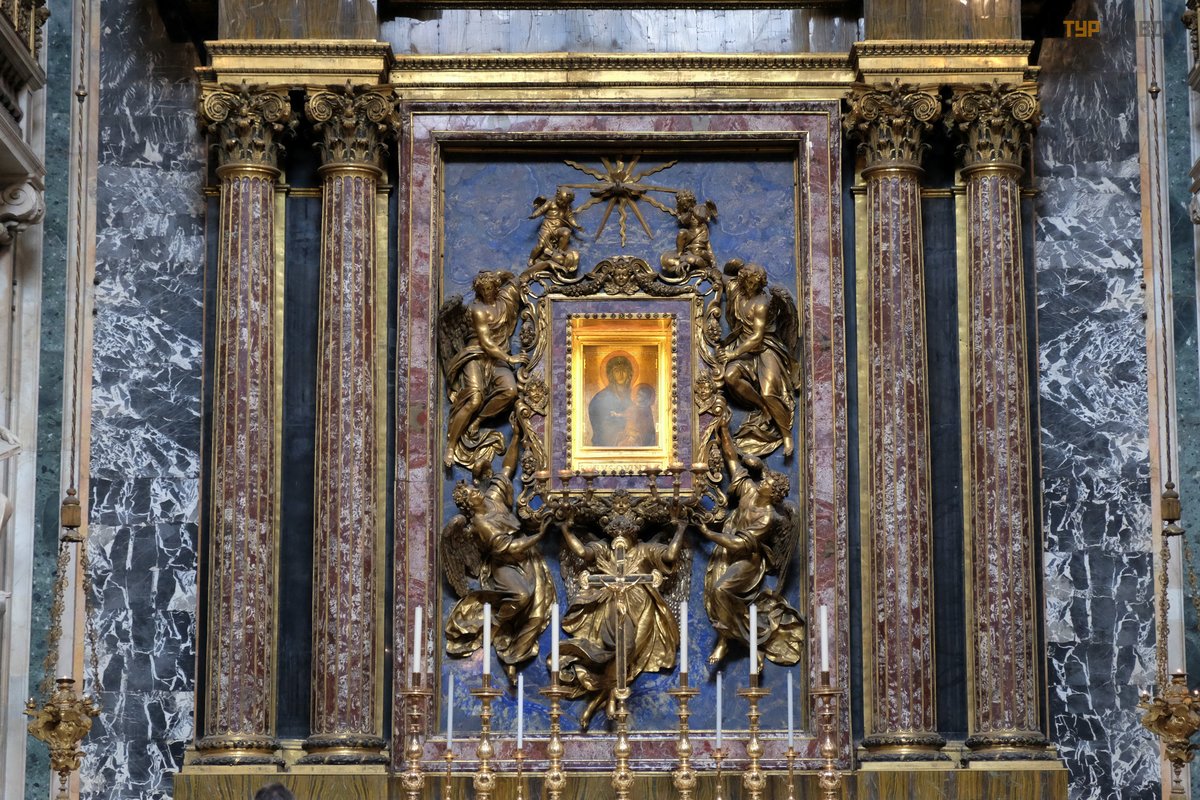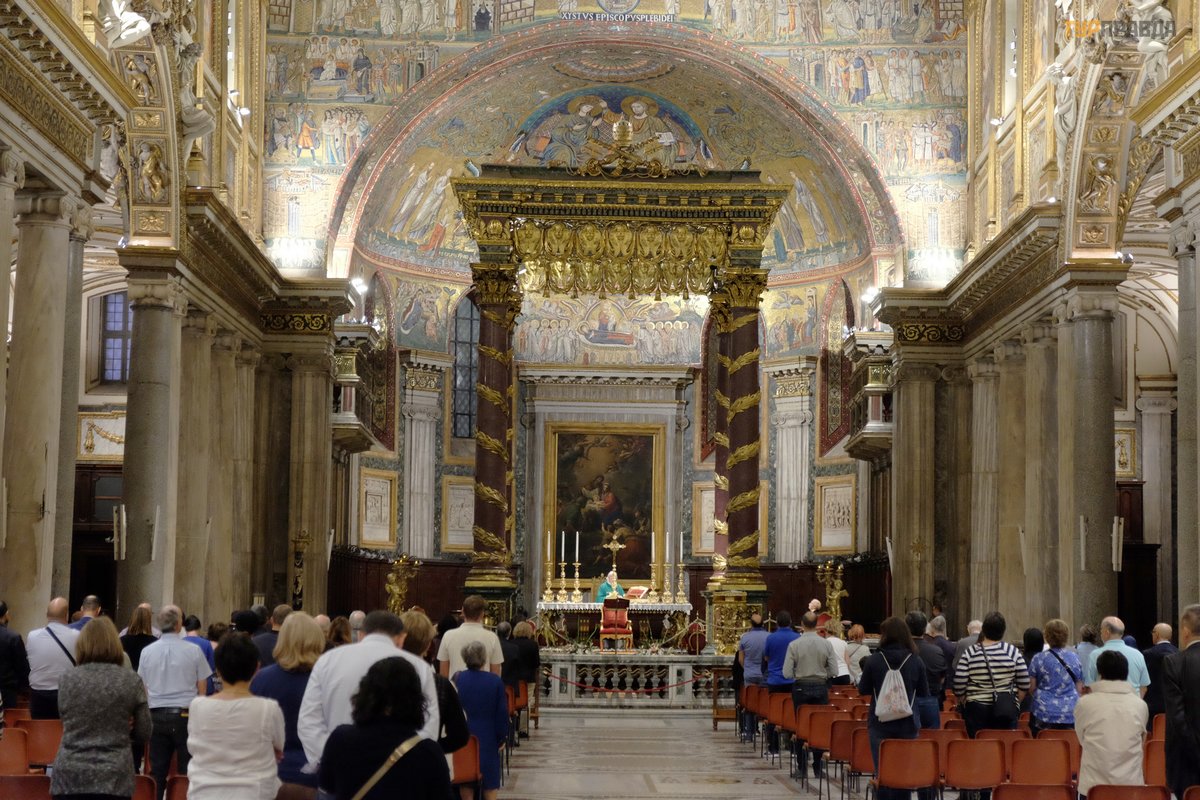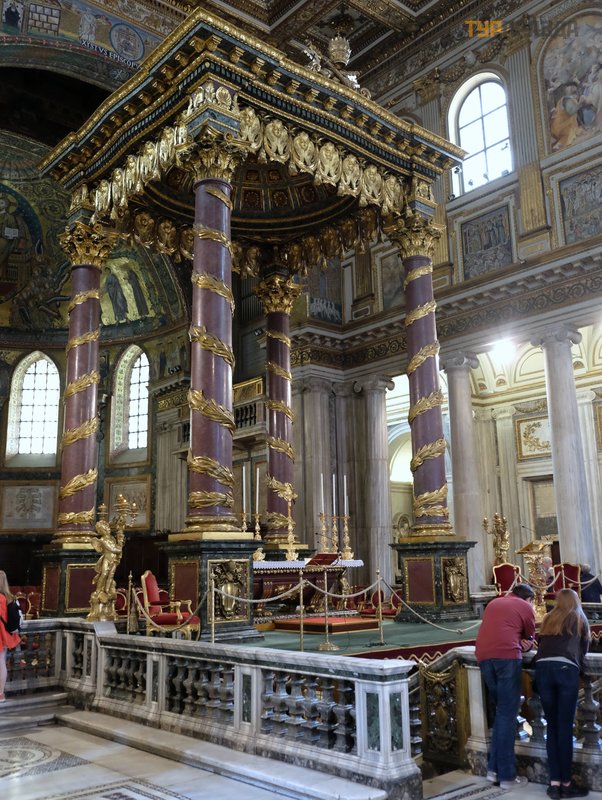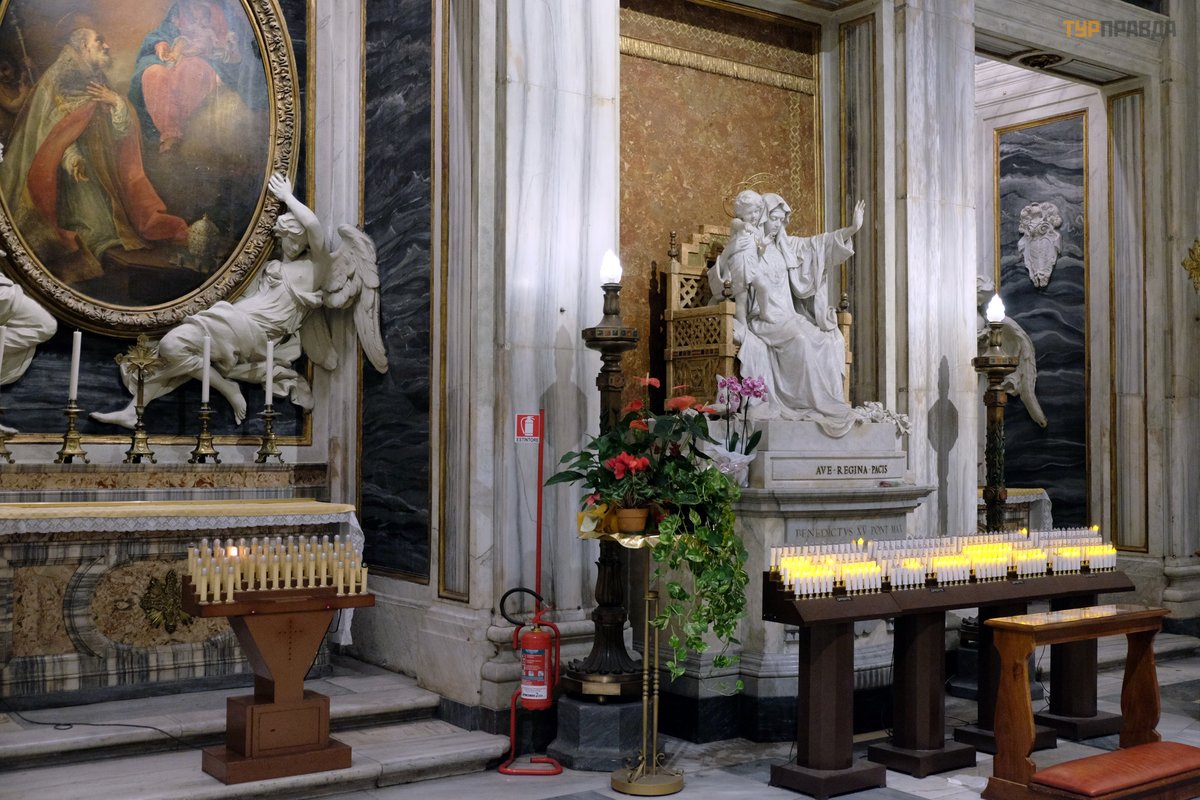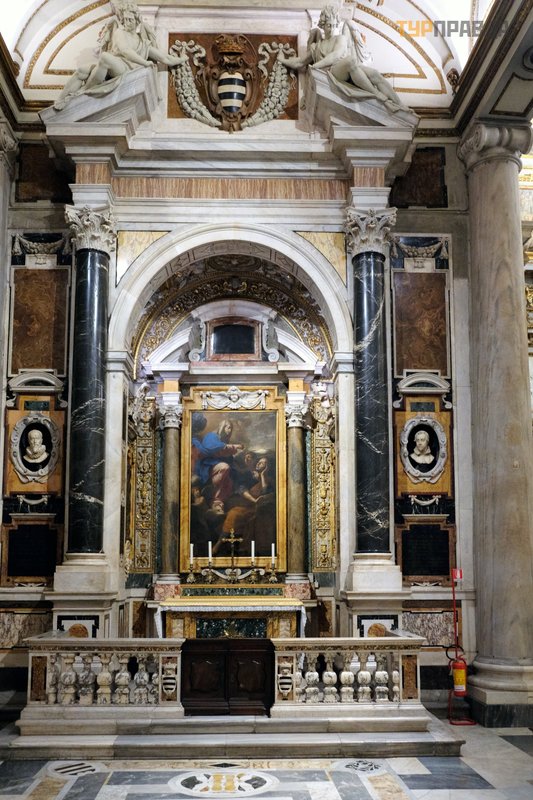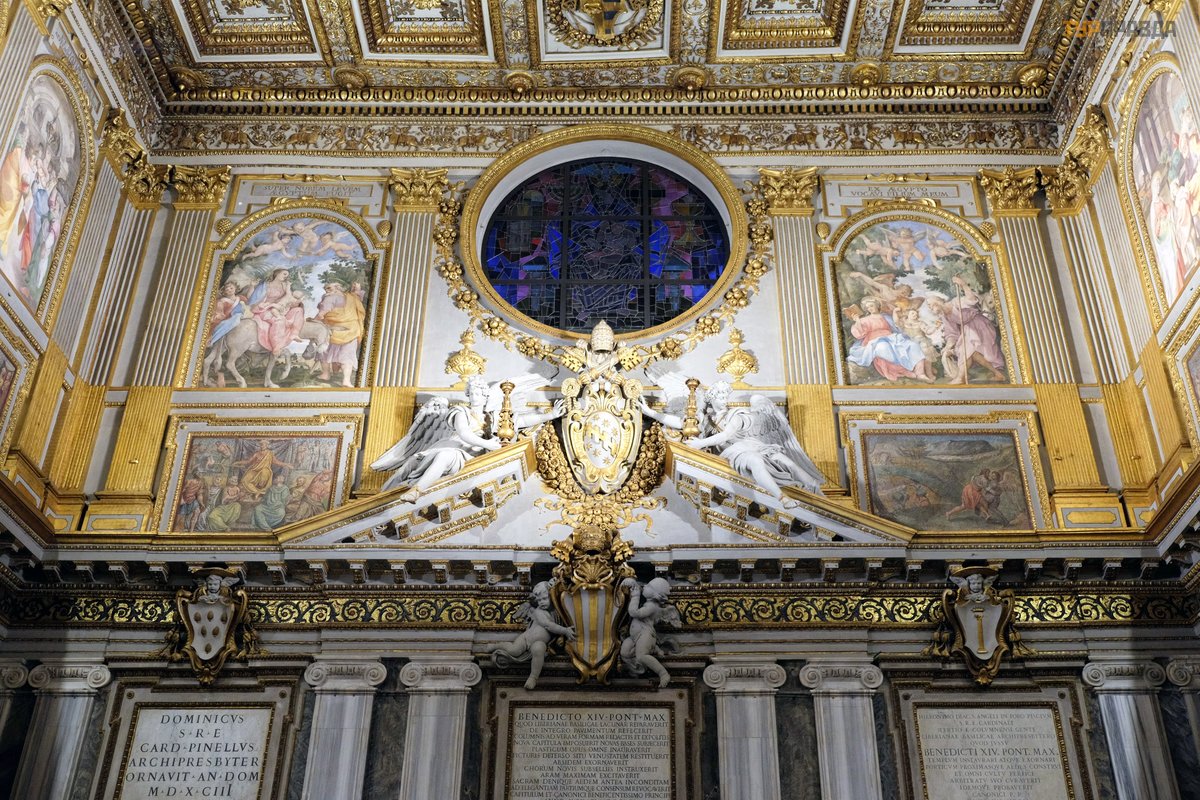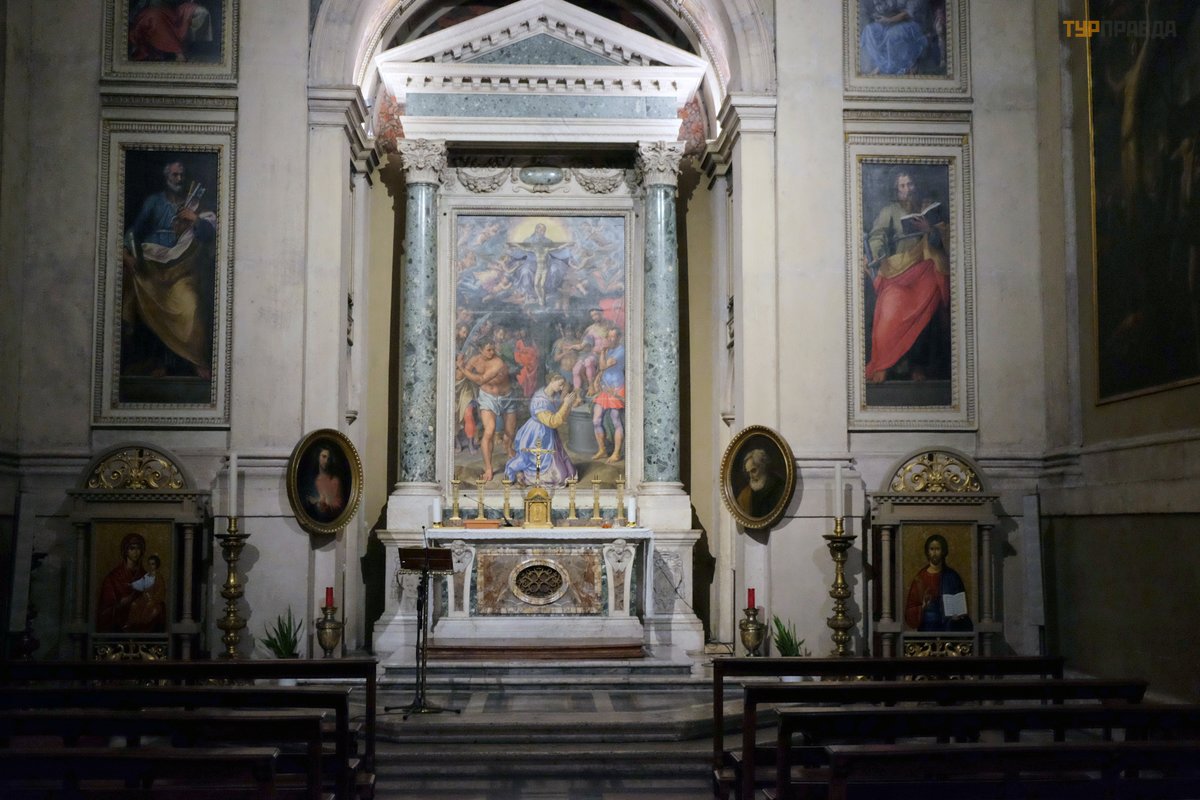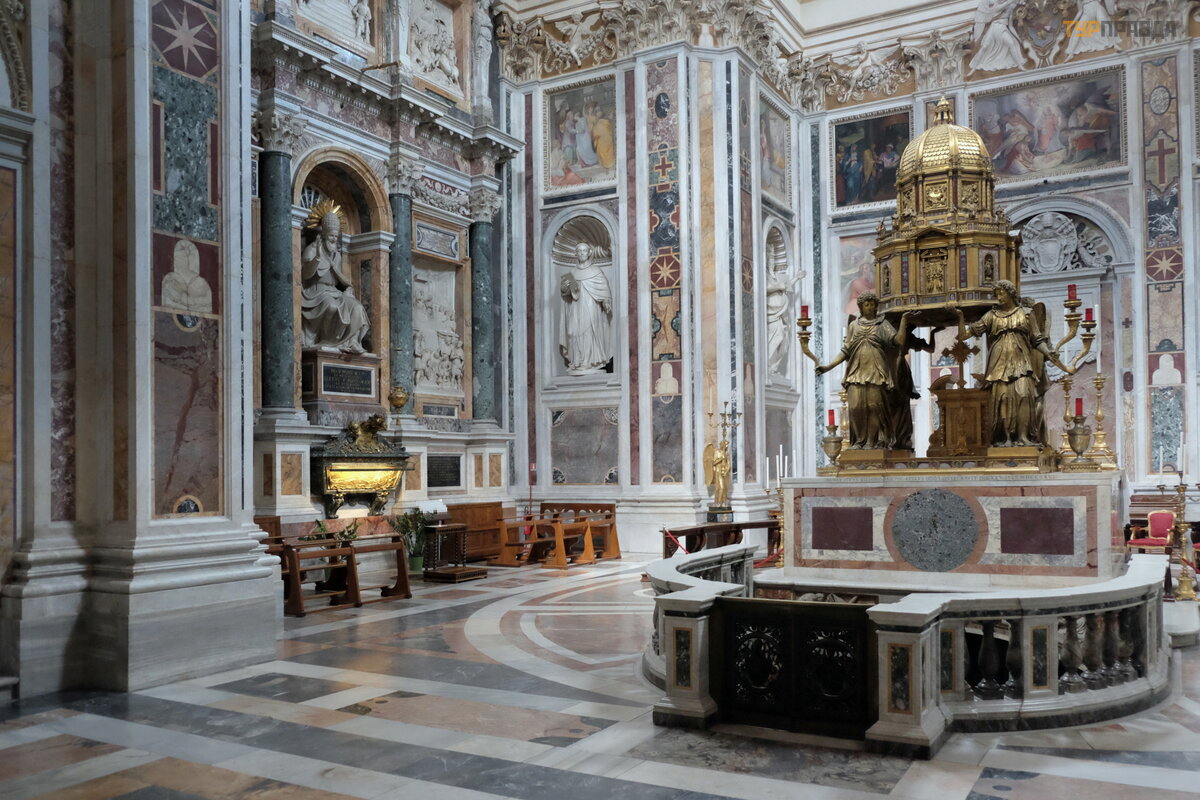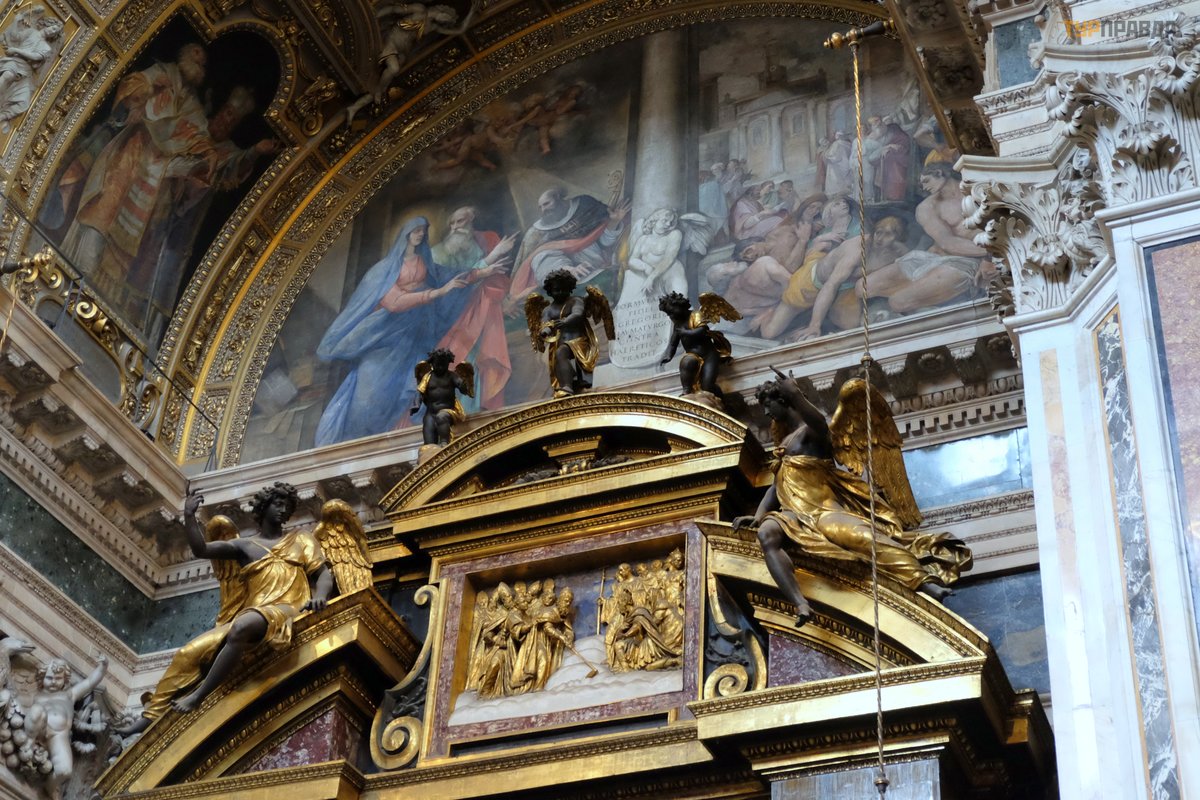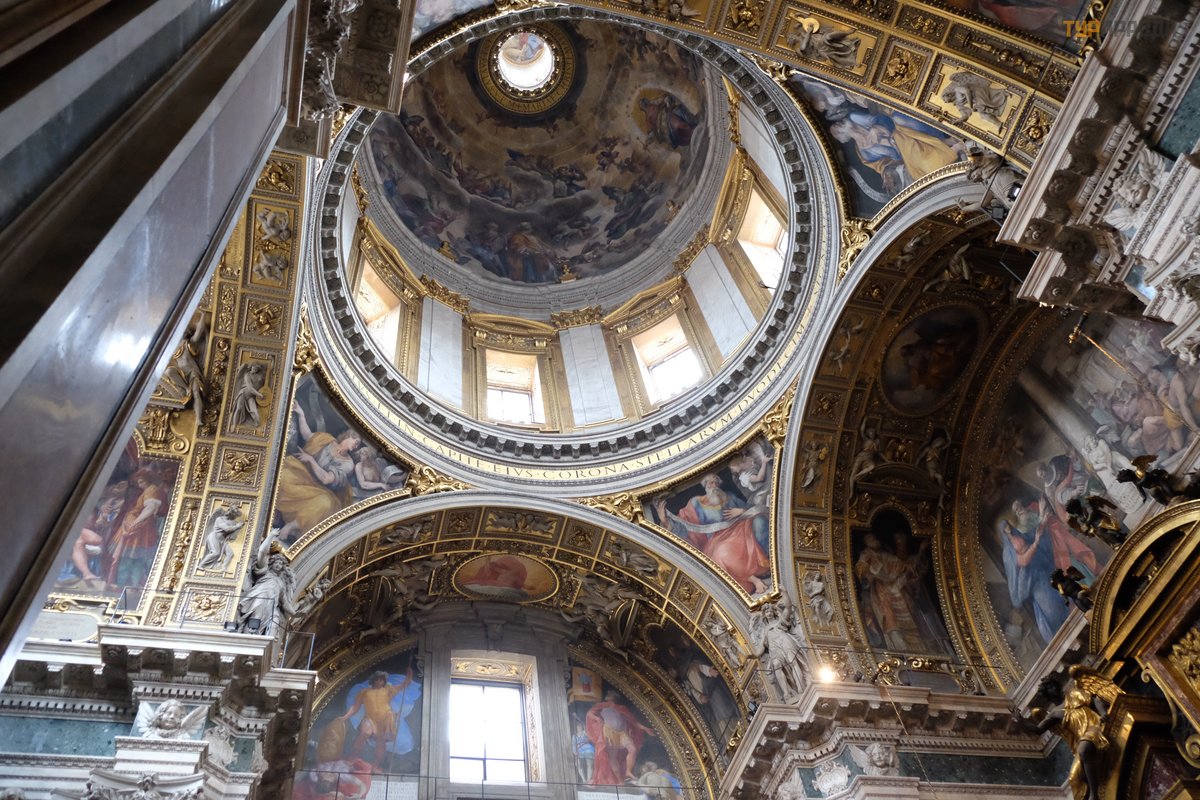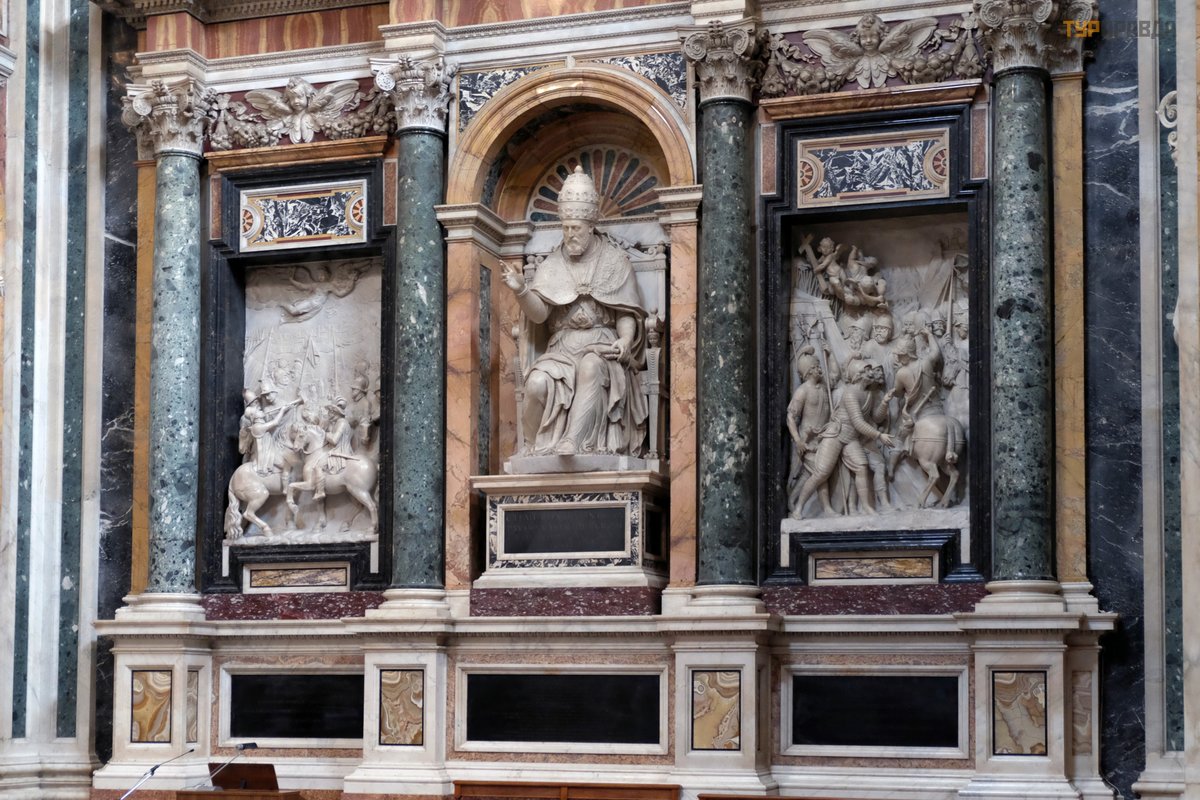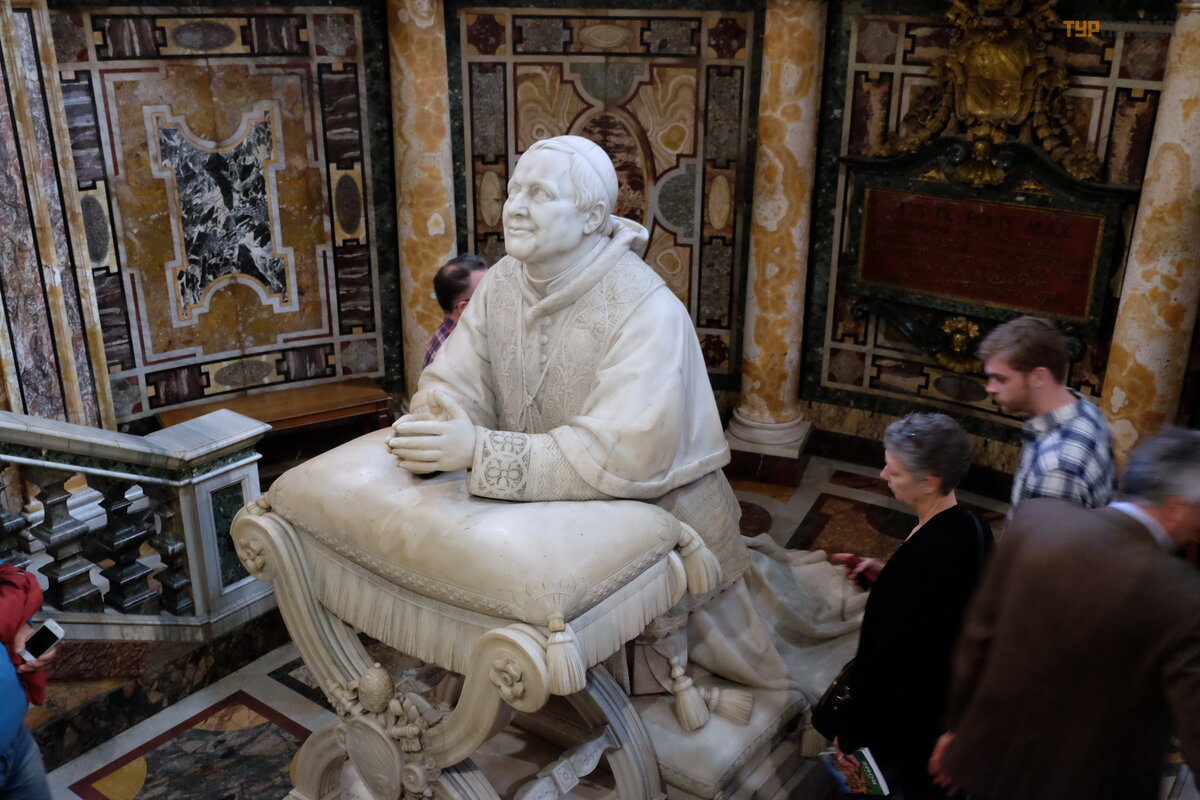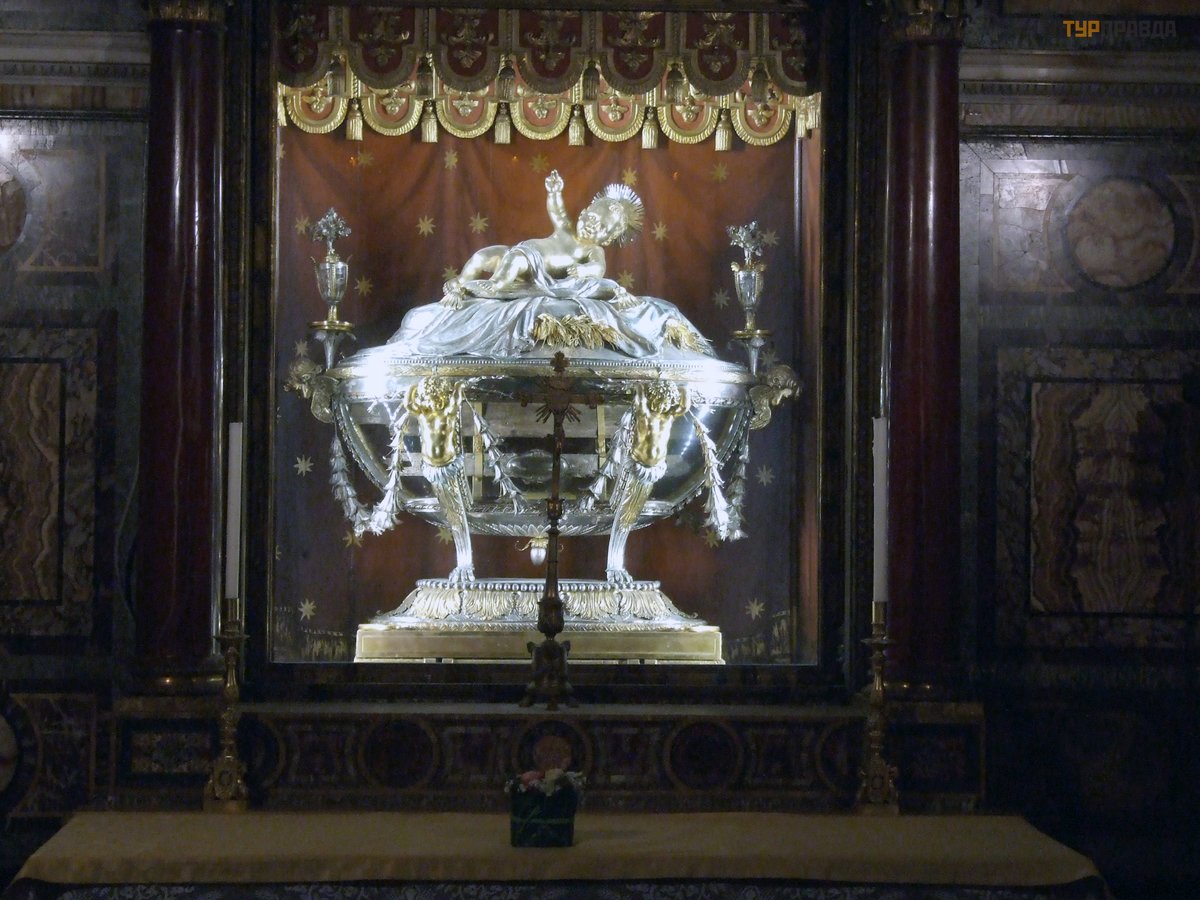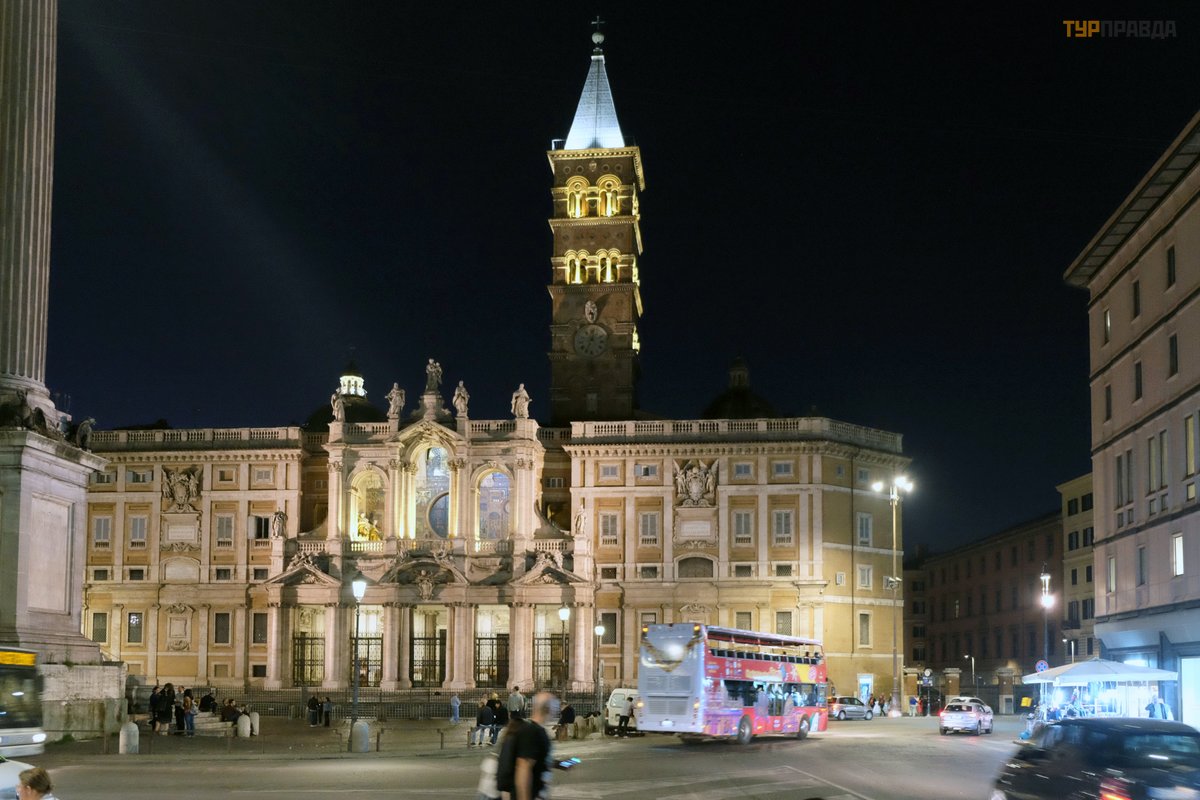Puglia and a bit of Rome. Part 9. Rome. Esquiline

To be continued. Start here >>>
The next day, early in the morning, at 5.30, we moved from Lecce to Rome on the Frecciargento (Silver Arrow) train.
In Italy, there is a network of high-speed railways, there are also trains "Frecciarossa" and "Frecciabianca" ("Red Arrow" and "White Arrow"), high-speed trains began to be used even before the war. In 1939, the ETR 200 electric train set the world route speed record between Milan and Bologna, then it was 165 km/h with a maximum of 203 km/h. For comparison: the speed of our Sapsan is 167 km/h.
Tickets were bought through the Trenitalia website (70 euros for two), because they were afraid that there would be no seats. And they did the right thing, because the train was full by the end of the route. It takes 5.5 hours to get to Rome, the train makes stops along the route in major cities. On the way, we managed to sleep and have breakfast, and at about 11.00 we were already leaving Termini Station.
For a long time I did not dare to write about Rome,
here you need to have the talent of Morton, Muratov or Ippolitov to describe the beauties of this greatest city in the world. We have been to Rome many times, lived for a week, each time discovering something new or just walking around familiar places.
Therefore, I will not delve deeply into historical excursions, it has been written and rewritten about the history of the monuments of Rome, I will just post my photos with brief comments.
We chose accommodation in the metro area "Vittorio Emanuela" for several reasons: very convenient location, metro nearby, 25 minutes walk to Termini station, buses to the airport leave there, close to historical monuments, Santa Maria one way Maggiore and the Colosseum, in another - Giovanni in Laterano, in the third - Santa Croce, through the passage under the railway exit to the street. Tiburtina with shops and supermarkets.
The only disadvantage of our settlement is the 4th floor without an elevator, nothing on foot,
but with suitcases it's still fun. The apartment had three rooms, each with its own bathroom, a shared refrigerator, a set of dishes, it was not allowed to use the kitchen, but we still cooked something. The owner came to clean up every other day. The people in the apartment were from different countries, in 4 days I met Americans, Brazilians and Ukrainians.
Throwing things in the room, we went to stock up on groceries on the street. Tiburtina to the areas of Sapienzo University and San Lorenzo. Under the railway tracks, a very busy passage called Via Santa Bibiana, named after the nearby church of the same name of Santa Vivaiana (Santa Bibiana), which we can’t get into, is constantly closed. The church was built in the 5th century, the modern facade was designed by Bernini, and his sculpture of St. Viviana is kept inside.
On the way we passed the ancient cemetery of Verano,
in which many celebrities are buried (Vittorio da Sica, Marcello Mastroianni, Rodari, Rossellini, Gasman, Moravia).
Column with a statue of St. Lorenzo (1865):
And the churches of San Lorenzo (San Lorenzo fuori le Mura). . .
. . . one of the oldest (founded in 330) and revered churches in Rome (part of the seven pilgrimage churches), there are kept the relics of St. Lorenzo (Laurentius), revered throughout the Christian world, roasted alive on an iron grate in 258, the relics of the first martyr St. Stephen. . .
. . . as well as five popes.
We were in the church on one of our previous visits to Rome.
Bought in good chain supermarkets LIDL and INNs.
We walked back along a different road, past the Neo-Gothic Church of St. Thomas More (Chiesa di San Tommaso More), the same English philosopher and humanist, author of Utopia, the Lord Chancellor of England, who was executed by Henry VIII for defending Catholicism, against Protestantism. Canonized in the 20th century.
Then we walked along the Aurelian Wall. Previously, Via Tiburtina starts from the Tiburtine Gate, it is a passage through the Aurelian wall. From here began the old road to Tivoli.
Tiburtine Gate. The arch was built under Emperor Augustus in 5 BC. e. During the construction of the Aurelian Wall in 271, the arch was built into the wall,
two defensive towers were completed and the structure became the city gate.
After having lunch, we went to see the city in the Esquiline area.
The center of the district - Piazza Vittorio Emanuela, surrounded by palaces with large porticos in the style of the 19th century, was built by Gaetano Koch shortly after the unification of Italy, this is the largest square in Rome (316 x 174 m), many galleries, cafes, shops. In the middle of the park, where there are brick remains of a huge fountain built under the emperor Alexander Severus (222-235) and fed with water from the Claudius aqueduct. The fountain was decorated with statues, the so-called "trophies of Mario", transported in 1590 to the Capitol. . .
. . . and the so-called Magic Door (Porta Magica), which served as the entrance to the villa where the alchemist Massimiliano Palombara lived. The park was undergoing a large-scale reconstruction,
everything was fenced, photos from our previous trips.
We are walking in the direction of Santa Maria Maggiore, unfortunately, there are no more good shops in the square, which we went to two years ago, and the Todis supermarket has also closed.
Santa Pudenziana Church (Santa Pudenziana) is behind the long and straight Street Urbana. . .
. . . just behind Santa Maria Maggiore. We have not been there on our previous trips.
Many consider this church to be the oldest in Rome, because on this place stood the house of Senator Puda (Pudens), an apostle from the 70s and a disciple of St. Paul, where Christians gathered. In memory of his daughters, martyrs Pudenziana and Praxeda,
churches have been erected in the area.
The church is located, as it were, in a lowland, since the streets adjacent to Santa Maria Maggiore were raised in the Middle Ages.
The current facade and interior after reconstruction in 1588
Belfry, 13th century. The dome is decorated with a fresco by Pomarancio.
The apse shell mosaic dating back to 390 is the oldest in Rome.
The Church of Santa Prassede, 5th century, named after another sister, Saint Praxeda, is also near Santa Maria Maggiore.
The church has magnificent mosaics by Byzantine masters on the theme of the Apocalypse and frescoes of the 16th century.
The main shrine of the church is one of the instruments of the Passion of Christ - the pillar to which Christ was tied during the scourging is located in the chapel of St. Zeno. The latter, for its exceptional beauty, was called the "Garden of Eden".
There used to be a metal ring on the pillar to which the hands of Christ were tied, but in the 15th century it was given to the French king Louis IX in exchange for three thorns from the crown of thorns.
12 popes are buried in the crypt, as well as the remains of 2300 Christian martyrs, including the sisters Praxeda and Pudentiana, their father Pudencius, transferred from the Roman catacombs.
And of course, we couldn't help but visit the great Basilica of Santa Maria Maggiore.
I've been there many times, but I still want to see it again. For me, a very cozy basilica, the scale of the building and sculptures do not press.
Pope Pius IX is forever on his knees in front of the "Sacra Culla" ("Holy Cradle"), fragments of the manger of Jesus:
And this is a modest slab - the grave of the great Danny Lorenzo Bernini:
It was already dark when we left the basilica.
So ended our first day in Rome.
Continued here >>>
